As the new year began, I was still trying to adjust to my new surroundings. I continued to feel out of place, and wasn’t very happy, but I held on because I didn’t want to waste the once in a lifetime opportunity I had before me. Michigan was a very highly regarded school and a great place to work, supposedly, and I knew I was very lucky to have a job there. Winter was tough, however, and seemed to drag on forever. The sun rarely ever came out, and the weather was always cold, gray and cloudy. My first full winter in Ann Arbor was challenging. My skin was so pale, I had to convince some people I was of Mexican American descent. I heard comments like, you don’t look like a Mexican. Oh well, I’d tell them. I am a Mexican whether you think so or not.
My job continued to consist of spending time at the reference desk, answering questions, and helping students find resources for their research, conducting instruction sessions on how to use the Library for students in English, Psychology, and other courses, and selecting materials for the collection. I also continued to learn the new technologies that were coming our way. The Library’s new automated library system, called Mirlyn, for example, was about to go live in the Fall, and I participated in a series of training sessions that covered the ins and outs of the system. I also had a couple of fun projects assigned to me. One was called the Rolodex Task Force. The work required that we verify and update information, kept on a giant rolodex, that was used at the Graduate Library’s reference desk. I got to know a lot about the various libraries on campus and about resources and organizations in and around the University.
I also began to manage the Undergraduate Library’s Peer Information Counseling program in the Spring. In a nutshell, Peer Information Counselors were students of color who worked at the reference desk as reference assistants. They received extensive training, and were there to help other students of color feel more comfortable and welcomed as they approached the reference desk and used the library. Darlene Nichols, an African American librarian colleague, had been running the program since 1985, but wanted to hand it off. I eventually was given responsibility for it. I was assigned the task of getting a newsletter out and hiring new students. By the Fall I was managing the entire program by myself. I have to admit that at first, I was resistant to taking on this assignment, because I felt that it was being given to me only because I was a minority, and it just wouldn’t look good for a white person to manage it. Oh well. I got over it, and enjoyed working with the students I hired and trained. They were bright and engaged and eager to learn.
I went home to Tucson for vacation in February. I spent a lot of time with my old friends and with my family, and I got my portrait done in pencil at IBT’s, a gay bar on 4th Avenue, by an artist named T. Barr Stevens. I brought it home as a gift to my mom. She was very ill, but I didn’t realize how sick she really was or that she wouldn’t make it until the end of the year. Sometime in the Spring after I had returned back to Ann Arbor, my older brother Charles called me and suggested that I might think about coming back home for a while. He told me that our mom didn’t have long to live. I decided that I couldn’t leave my job. I had bills to pay and felt stuck, and Brent would not have been able to make it on his own in Ann Arbor. He would have had to move back to Muskegon. I also didn’t believe that my mom was so ill. To this day, I regret my decision to stay put and not go home. It breaks my heart to think that I could’ve spent more time with my mom in her last days, and that I chose not to. Dammit. It made my life at Michigan even more difficult, as I was unhappy as it was. I began to really dislike my job and Ann Arbor. The counseling that I participated in did nothing to help. It was a complete waste of time and money.
In early March, I participated in facilitator training on leading discussions among the staff about the issue of racism. The training was provided by Dr. Frances Kendall, a consultant from California who specialized in diversity training. She took the stance that if you were born and raised in the US, then you were racist, whether you knew it or not or agreed to it or not. She argued that our culture and its institutions were built to benefit wealthy white men, and that they hadn’t changed much at all since they were founded. Thus, racism was “institutional.” And built into our social structure. Her work was all about helping people realize this. Her goal was to help people acknowledge their prejudices and work towards getting rid of them through dialogue, education and self-awareness. I was among several staff members who participated in the training she provided. Most of the participants were from the Graduate Library and were managers or administrators, and being in this group felt a bit intimidating, but I stuck it out and tried my best to learn and participate fully. A couple of weeks after we received the initial training, Dr. Kendall was brought in again and gave an all staff presentation on the issue of racism and the challenges of overcoming it. Another person, Vivian Sykes, an African American librarian from San Francisco, also spoke about her personal experiences with racism in librarianship. Both presentations were hard hitting, and it left a lot of the nearly all-white staff feeling very uncomfortable. Once the presentations were given, the staff was then required to participate in a series of small group discussions, and I, as one of the group facilitators, helped to lead these.
After the training was completed, some members of the facilitator group formed the Library Diversity Task Force, with the intention of continuing our discussions about the issues. We wanted to build momentum among the staff for learning and for cultural change. It was at this time that I got to know my dear friend Karen Downing. We hit it off and became inseparable, and we worked together on several projects, including producing a diversity film festival for the Library staff that took place in the Fall and planning events for Martin Luther King, Jr. Day the following January.
In May, I attended my first conference while at Michigan. It was called LOEX, which is short for Library Orientation Exchange, and was focused on library instruction and improving teaching. The conference was held at Bowling Green State University in Bowling Green Ohio, just about an hour’s drive south of Ann Arbor. I attended a workshop, Reaching and Teaching Diverse Library Users, conducted by Louise Greenfield. I had met Louise when I was a graduate student, and would later work with her at Arizona. My colleague Linda TerHaar, gave a presentation on the PIC program and my supervisor also gave a presentation. I didn’t do anything but attend various programs and poster sessions. In my free time, I visited the library on campus and was in heaven because I found they had a bunch of Aretha Franklin 45s from her days at Columbia in their collection. They have one of the best popular music collections in the world.
In the Spring, I attended some lectures featuring several very interesting speakers. They included Angela Davis, Cesar Chavez and the writers Cherrie Moraga, who co-edited, along with Gloria Anzaldua, the groundbreaking book, “This Bridge Called My Back: Writings by Radical Women of Color”, and Rudolfo Acuna, who was the author of Occupied America, a Chicano history book I had read back in college. It was at these events that I started meeting other Chicanos and Latinos, including a graduate student named Raul Villa. He was studying in the American Culture program, and was from Nogales, Arizona. He had a girlfriend named Eileen, and she and I became good friends and remained so even after Raul left. Raul introduced me to several other Chicano and Latino students, including a medical student named Roberto Tostado, and other students who were enrolled in the law school. Unfortunately, Raul and I didn’t always get along, and he left Michigan at the end of the Spring semester to complete his graduate studies at UC Santa Cruz. He would continue to write to me, however, for more than a year, but we eventually lost touch. He now resides in Los Angeles and is a professor at Occidental College.
In the Spring, Brent’s dad got sick and was diagnosed with a brain tumor. He was told he didn’t have long to live so the family decided that he should receive experimental treatment in the Bahamas. It was expensive and promising, but it didn’t work, and he died later in the year, just a month after my mom died. Brent spent a lot of time with his parents both in Twin Lake and the Bahamas this particular year and I went home a total of four times, once in the Spring and three times in the winter. It was a tough time for the two of us, and we struggled to keep things together.
In late October, my sister Irene called me to tell me that our mom was in the hospital and didn’t have long to live. I rushed back home and stayed for about a week, and stupidly convinced myself that my mom was getting better, so I flew back to Michigan. A week later, I got another call and this time, it was definite. Mom didn’t have but a day or two left to live. She died on November 2, at University Hospital in Tucson sometime in the early evening. It was the saddest moment of my life. I cried like a baby at her funeral and felt like I wanted to die too. Thank goodness my friend Richard was there for me. He knew how much I loved my mom. She was my hero. Even though she had her problems, I loved her dearly, and I know she loved me unconditionally. I was her last and favorite child.
I went back to my job in Ann Arbor after having stayed with my dad and family for a couple more weeks after we buried our mom, and I did my best to resume my life as it had been before she died. But it wasn’t the same. I was a mess, emotionally, spiritually and physically. I didn’t know how I’d get through the coming months, but I suppose I managed. Brent’s dad died in mid-December, so we had another sad tragedy on our hands to contend with. Christmas came along, and I went back home again. It was a rough time for the family. Although we took a family portrait at this time, and we all looked like we were happy together, one of my brothers was getting out of control, drinking and fighting with anyone he encountered. He even fought with our dad one night while I was visiting, and we had to have him arrested.
Because I had to go back home several times, I ended up going into more debt by the end of the year. There was no way I could go back home the following year. I even missed my best friend Richard’s wedding in January, and it made me feel very bad. Winter was in full swing again, and the sun was nowhere to be found. God, how I missed it.
I turned 29 on January 15, 1988, and received several birthday cards from my friends and family back home, including my Teatro friends Liliana, Pernela and Scott, and my college friend, Tim Moles. It was a rough time for me, as I didn’t get to go home for Christmas, and things weren’t turning out so well at work. It was nice to hear from my friends and family. Winter time in Ann Arbor was cold and gray in more ways than one.
Here’s a birthday letter from my good friend Tim.
My friend Richard wrote to me several times in 1988. Below is another of many letters I received from him while I lived in Michigan.
The letter below, from my mom, is one of my prized possessions. She sent it to me for my birthday, January, 1988. The photos she refers to can be found at the tail end of the 1987 entry of My Life Story.
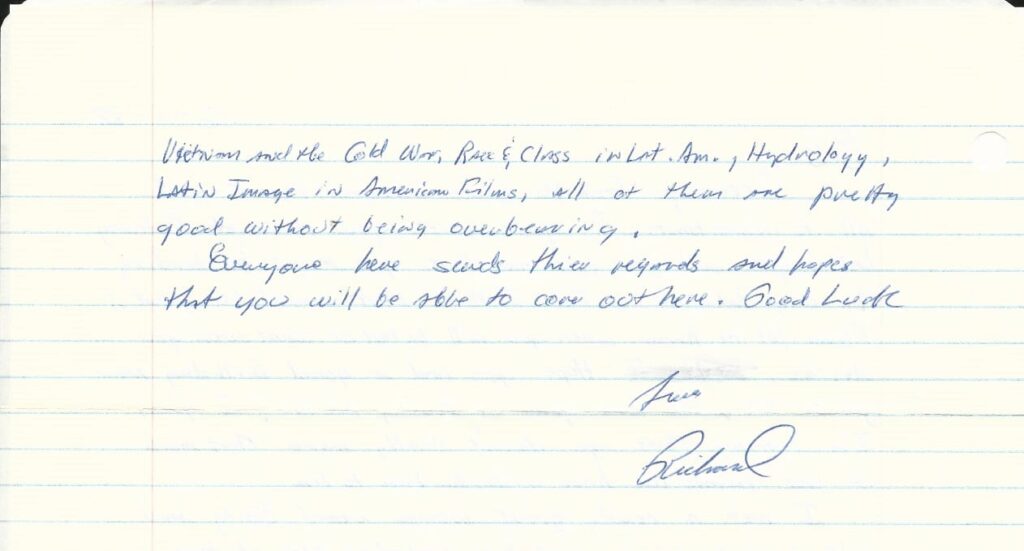
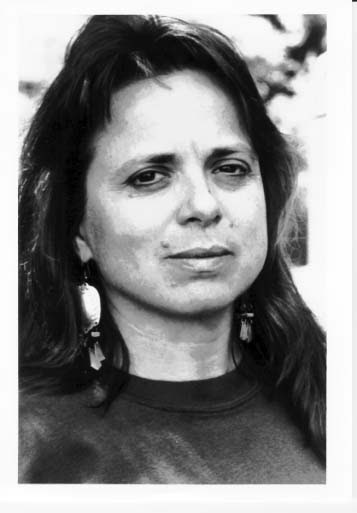

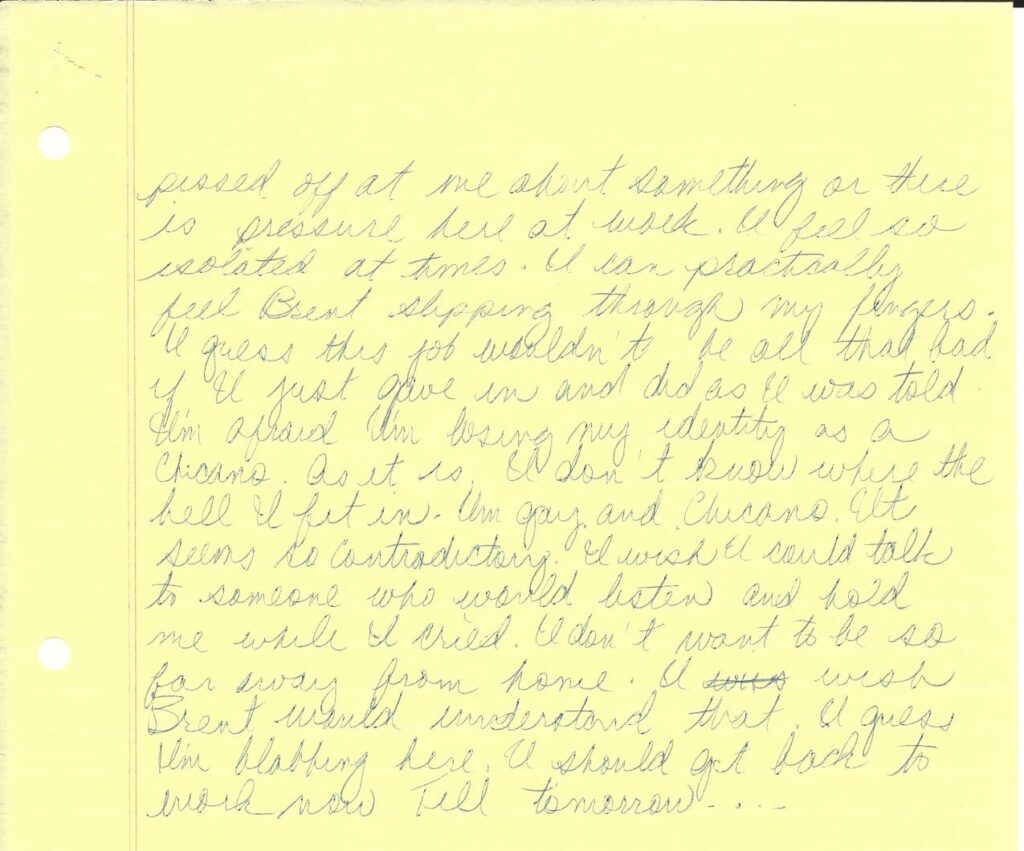
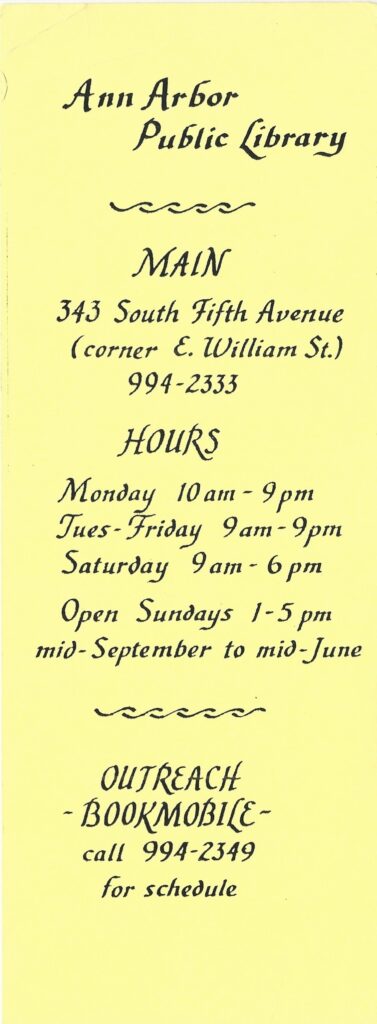

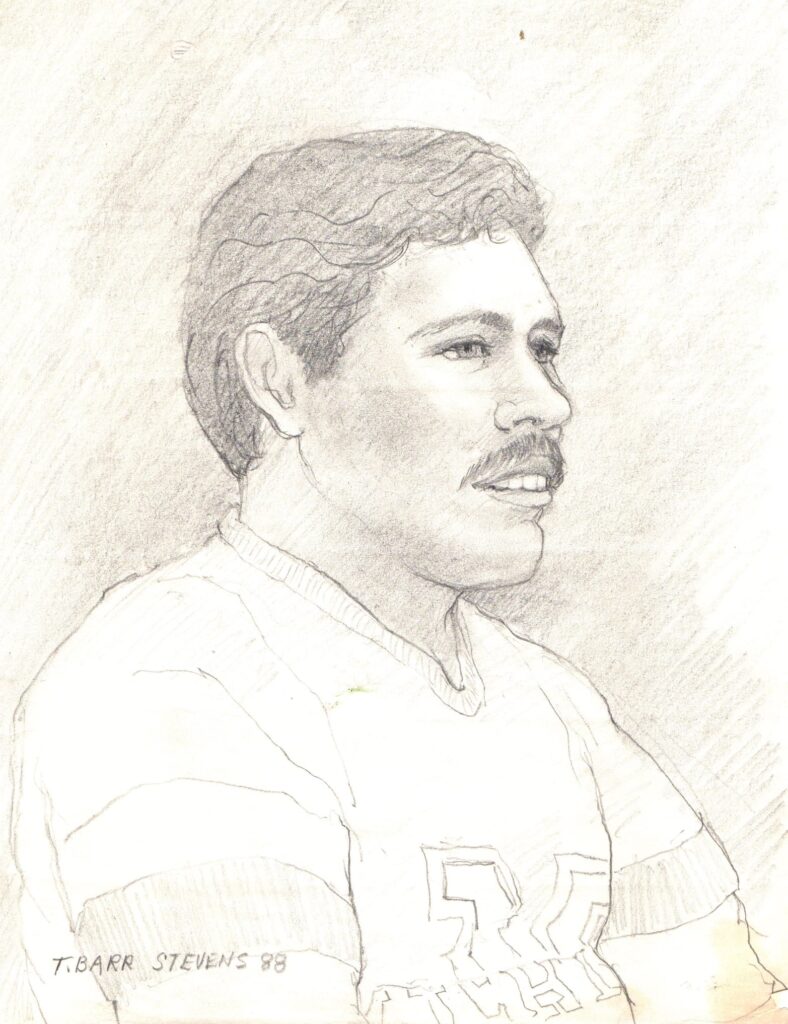
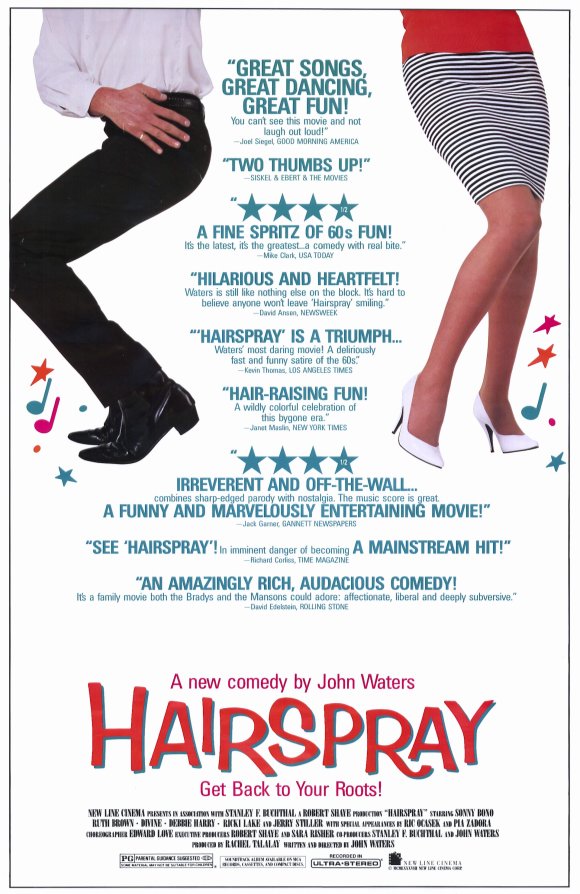
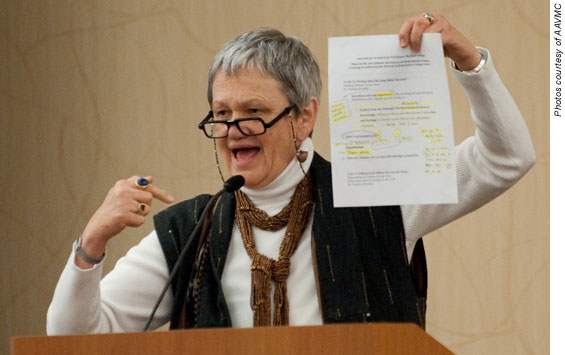
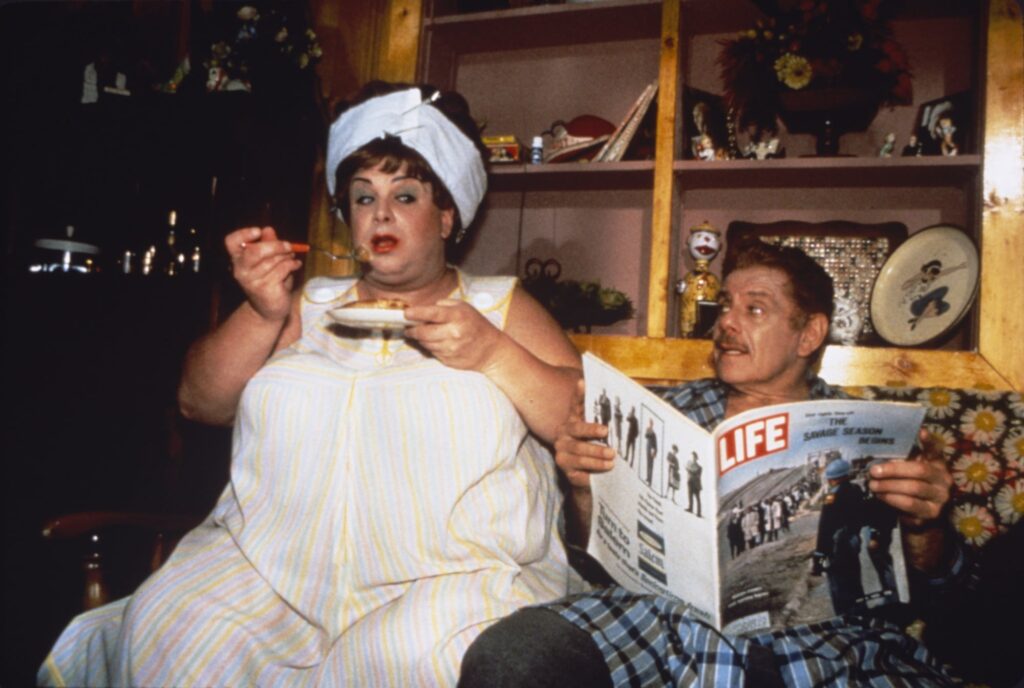
Harris Glenn Milstead, otherwise known as Divine, shown alongside Jerry Stiller in a scene from the movie “Hairspray”, passed away on March 7, 1988. Divine was in many of John Waters’ films, including Pink Flamingos, Polyester and Lust in the Dust. She performed in Ann Arbor at the Nectarine Ballroom shortly before she died. I should’ve gone to see her, but didn’t.
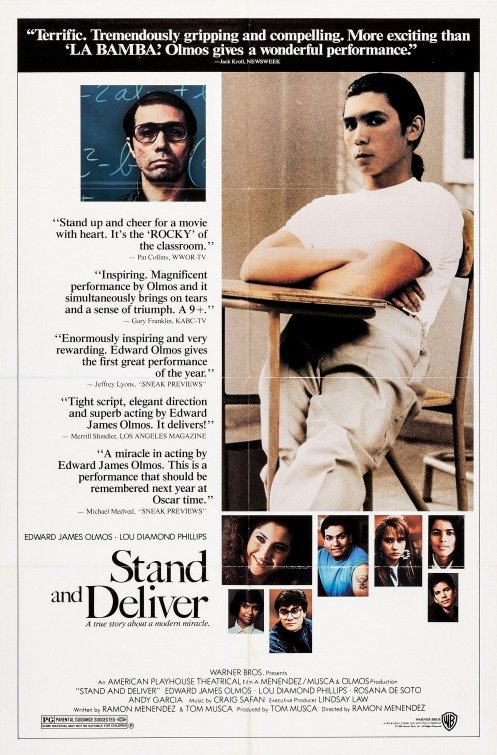

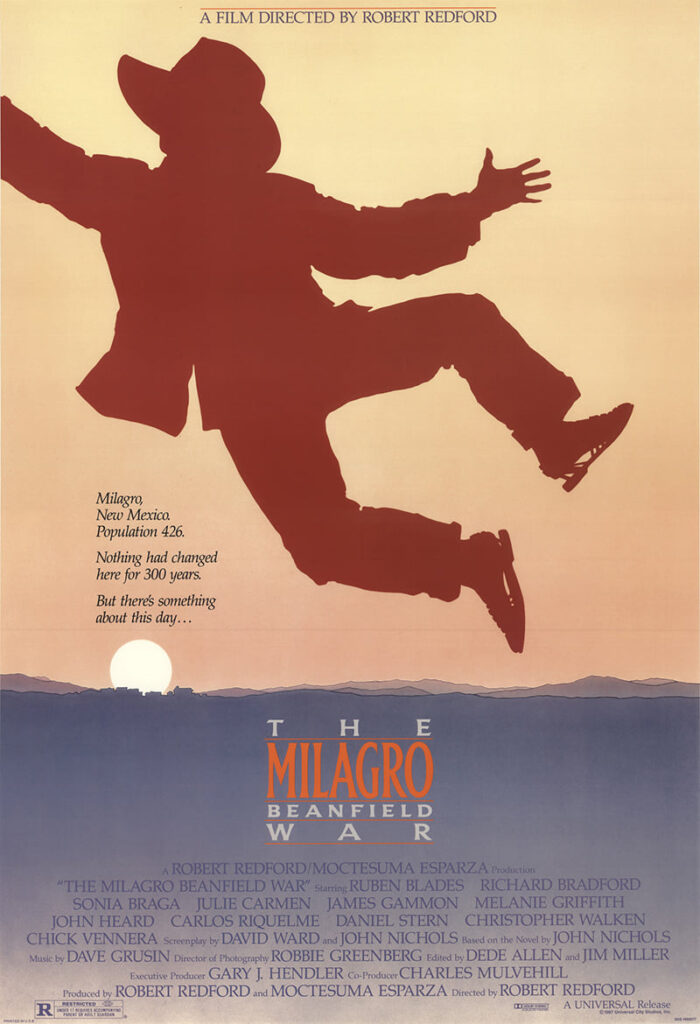
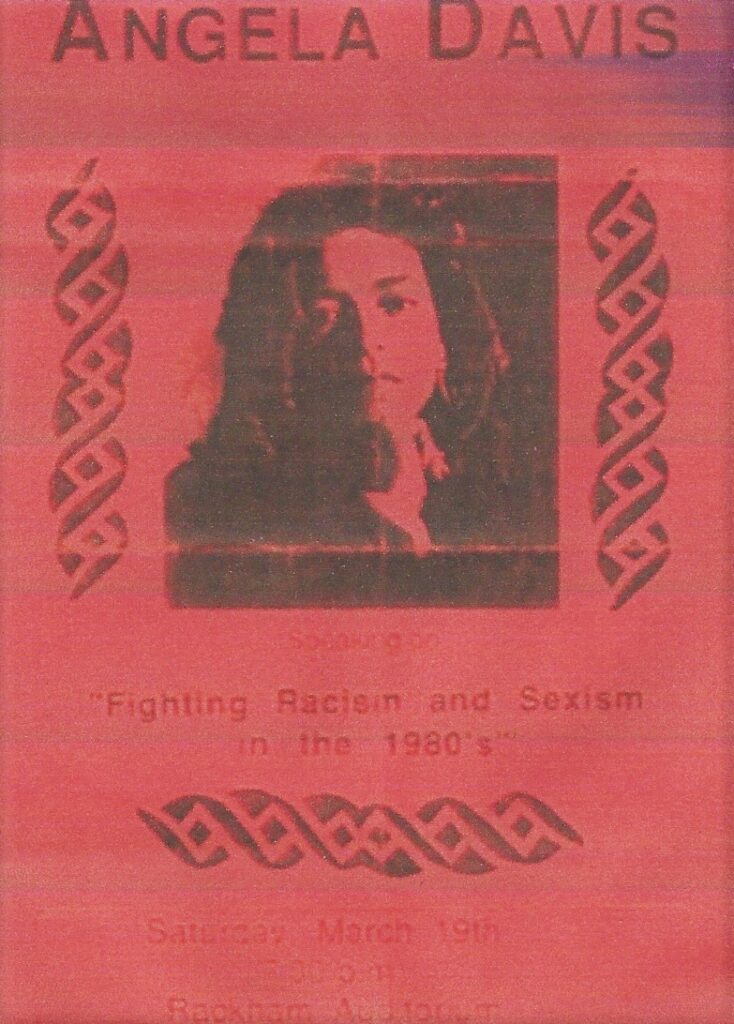
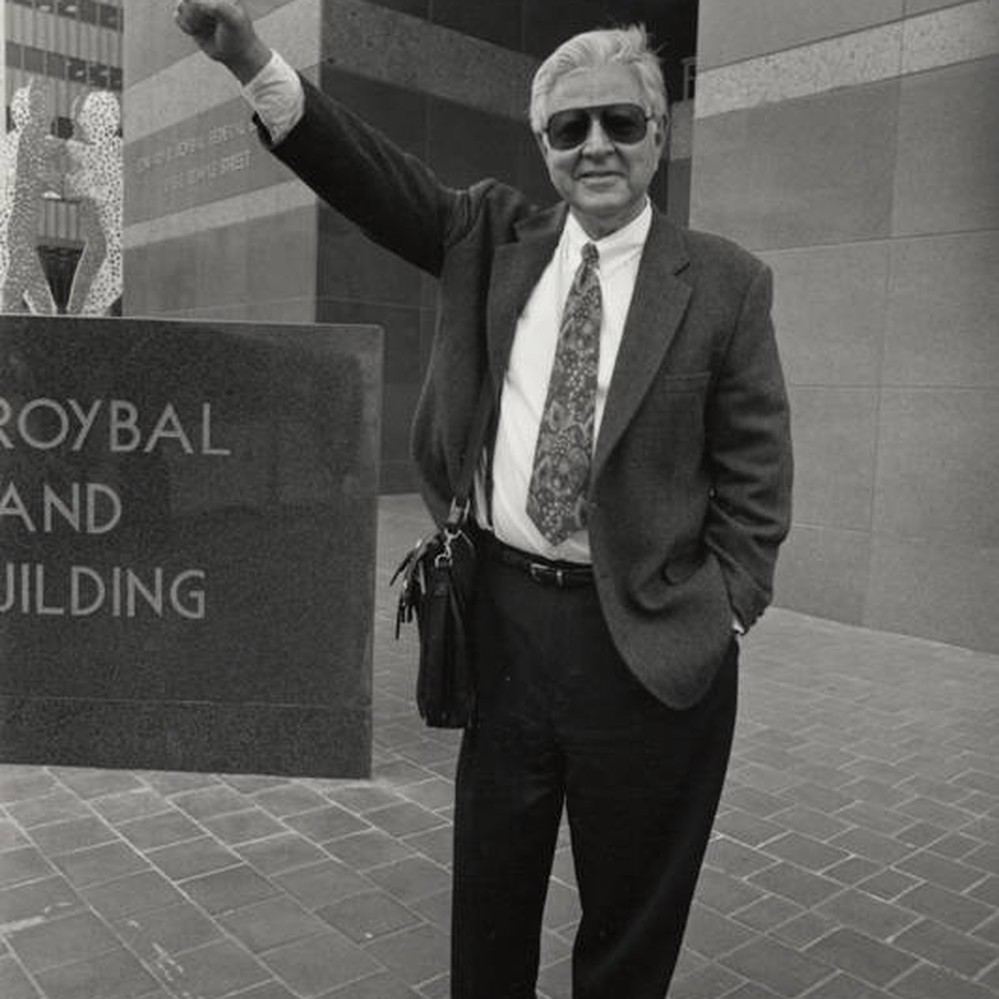

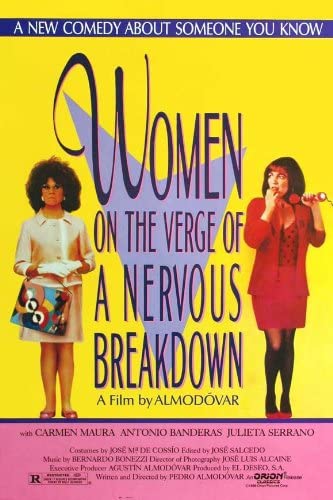


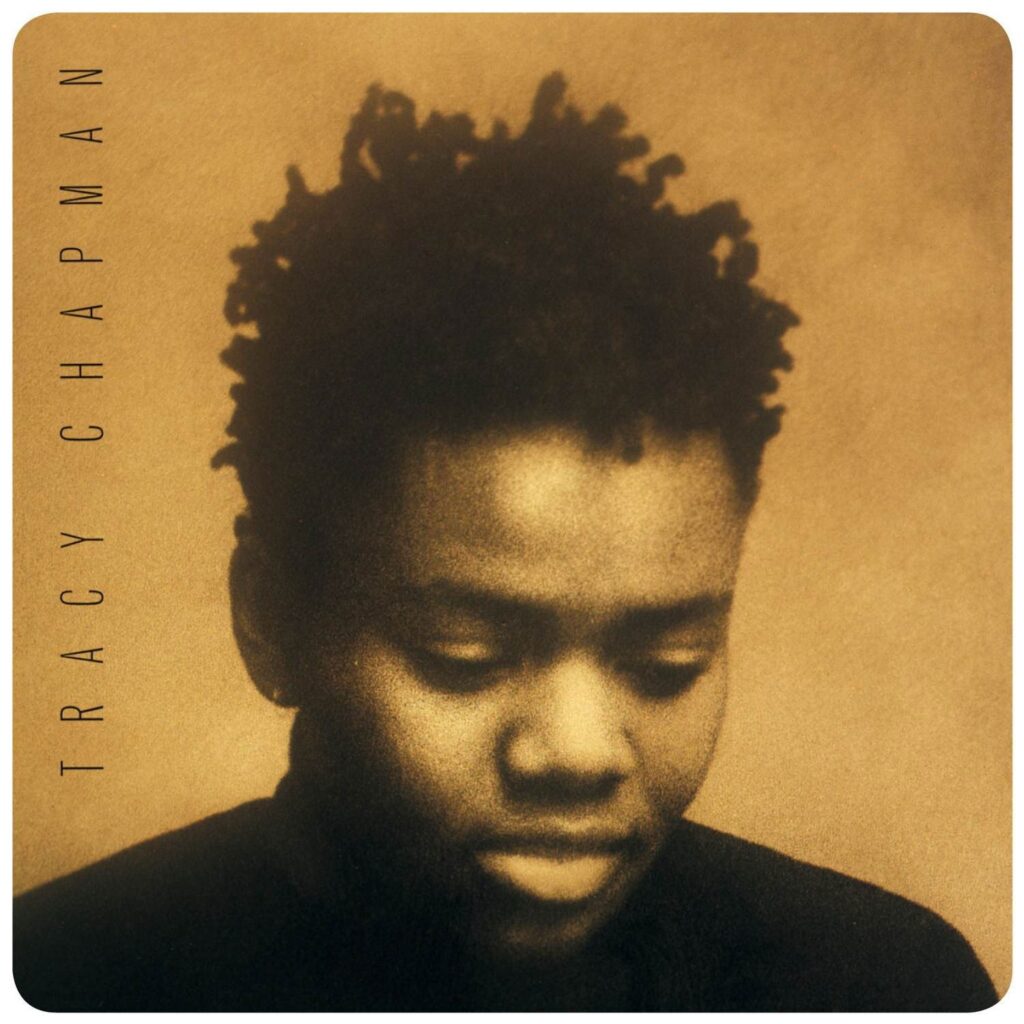
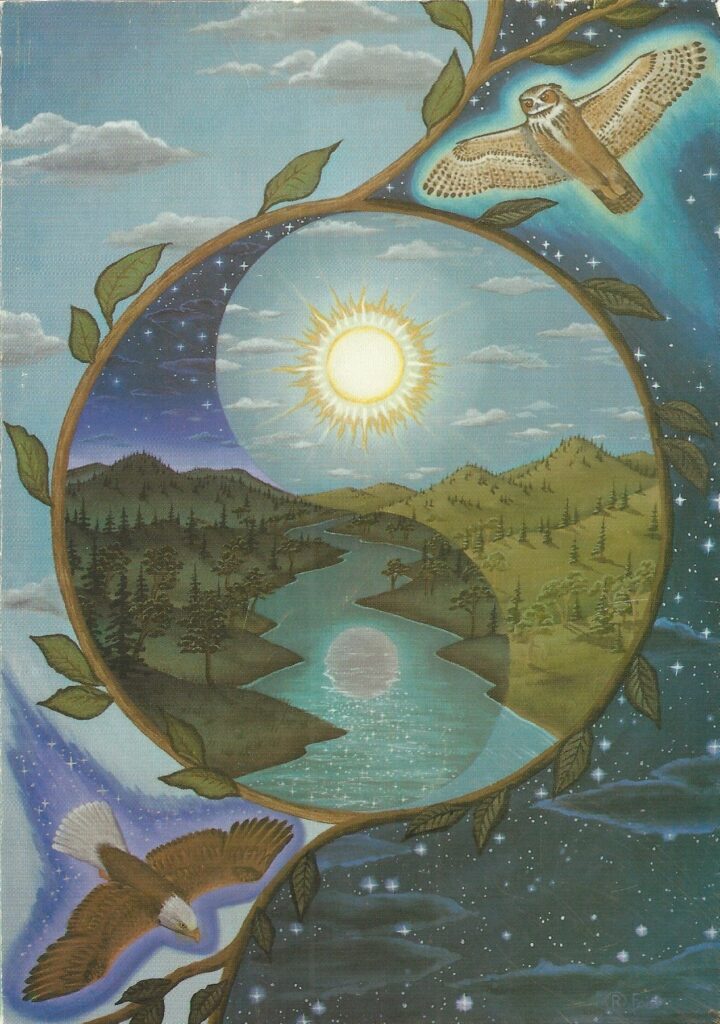

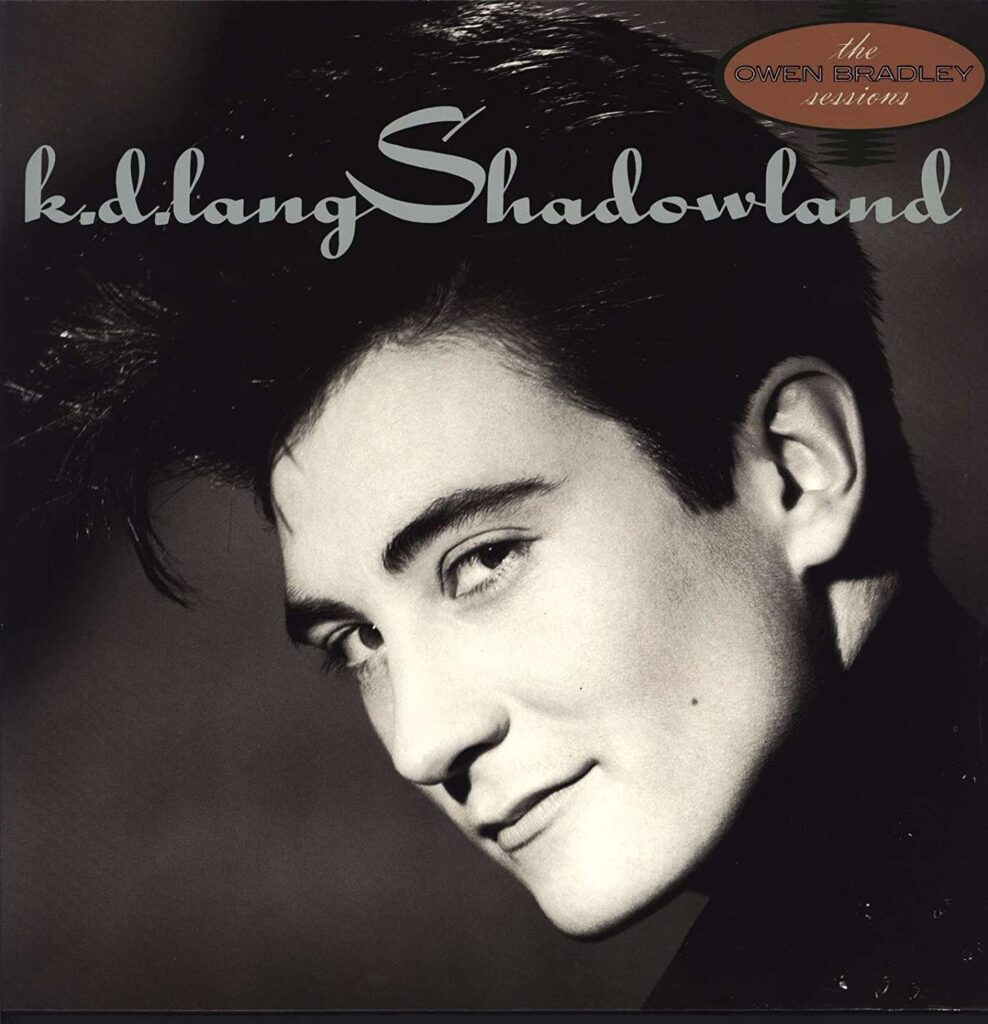
Here’s a live version of “Crying”.
My first professional conference while at Michigan was called LOEX, (short for Library Orientation Exchange). It took place in early May at Bowling Green State University in Bowling Green Ohio, about an hour’s drive south of Ann Arbor. I and several colleagues, including Linda TerHaar, Lynn Westbrook and Barb Hoppe attended. Bowling Green was a very nice, well-kept, small college town. The Library at the University had an outstanding popular music collection, and I visited it while there.
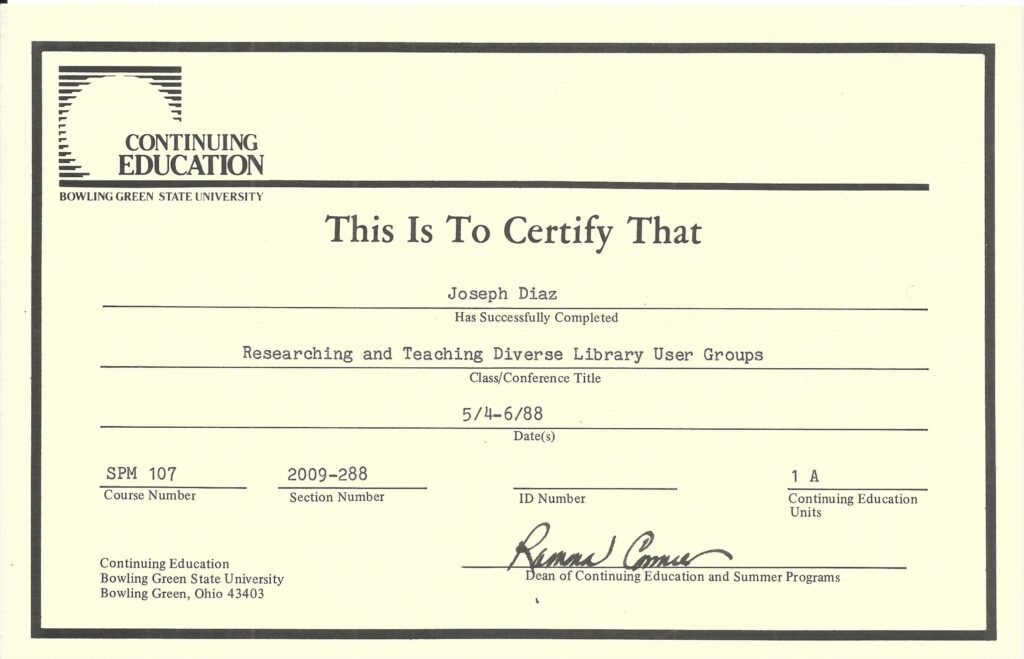
One of my colleagues, Linda TerHaar, gave a presentation on what we called the PIC Program. PIC was short for Peer Information Counselors. Another colleague, Darlene Nichols, who oversaw the program up until mid-Spring, developed the handouts. In January, I was strongly encouraged to take over coordination of the program, and by this point, had started managing it. I probably should have been the one to do the presentation, but my supervisor chose Linda instead. This was yet another example of her denying me opportunities to participate in professional activities. It would be another year before I was “allowed” to attend ALA.
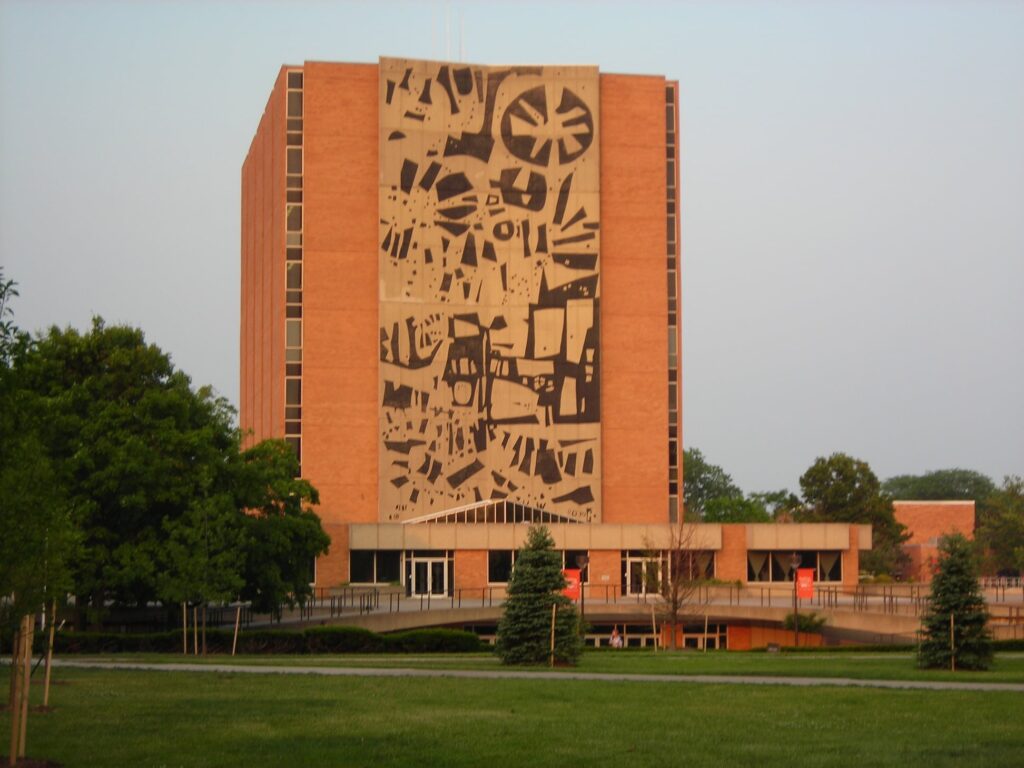


Here’s one of Chet Baker’s songs that I would play on my show all the time.
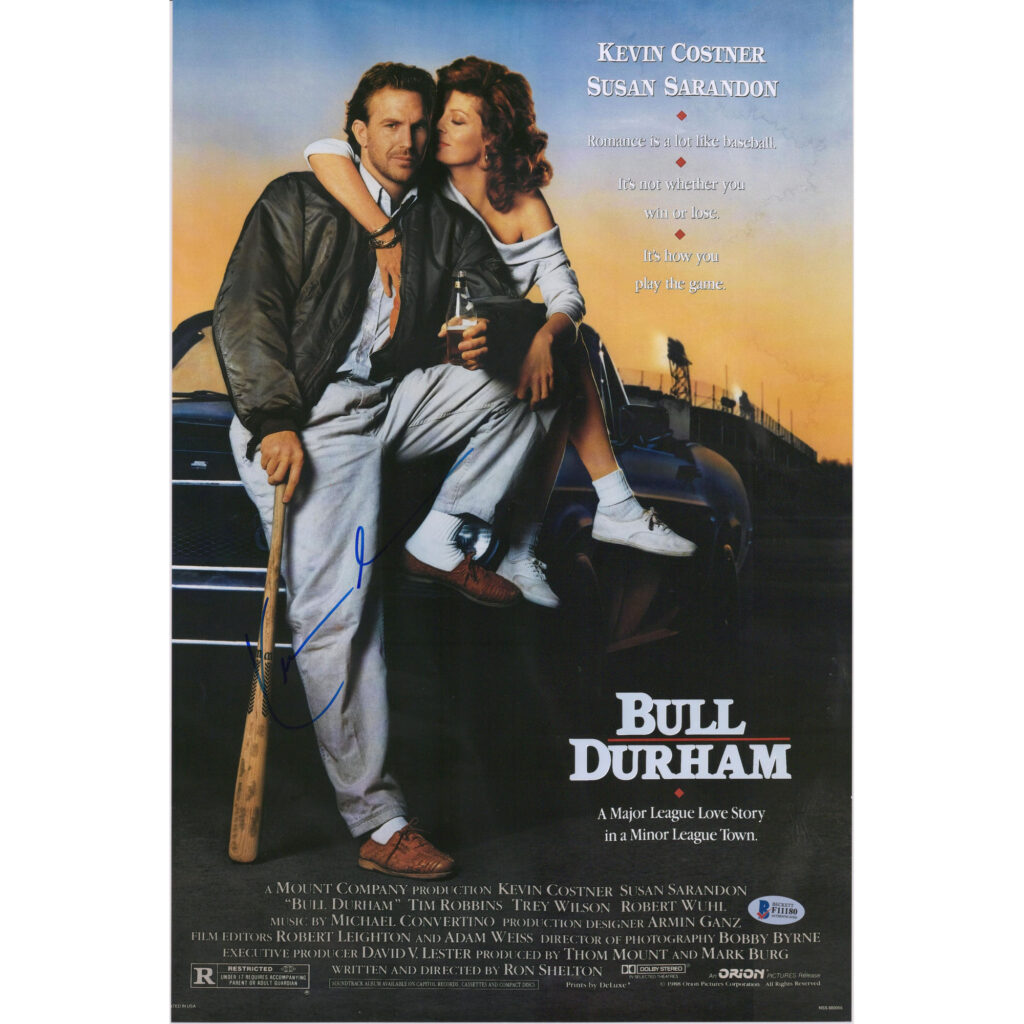
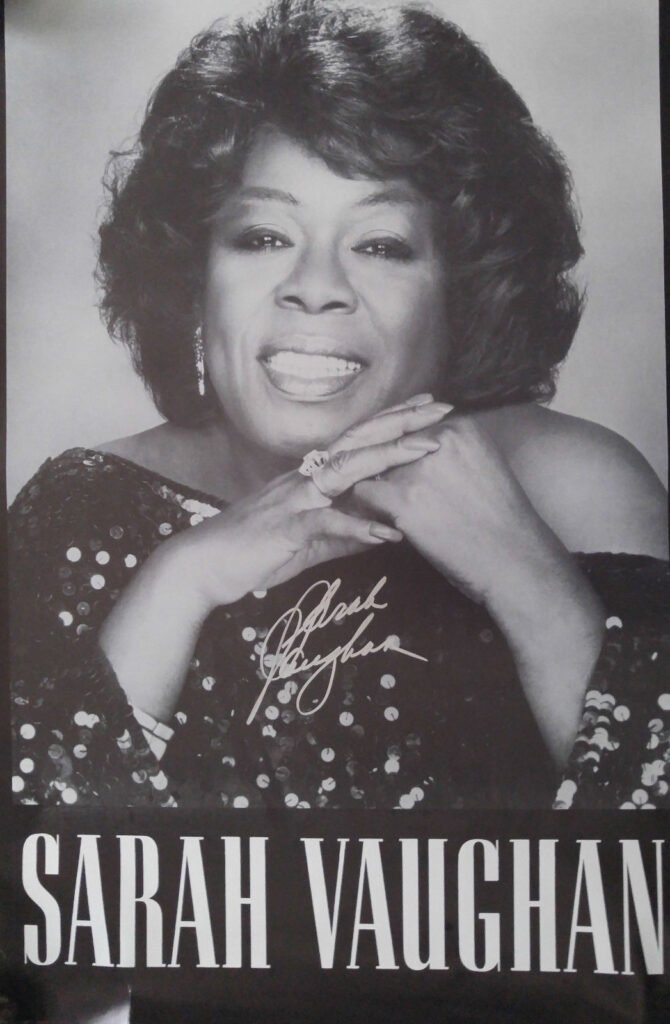
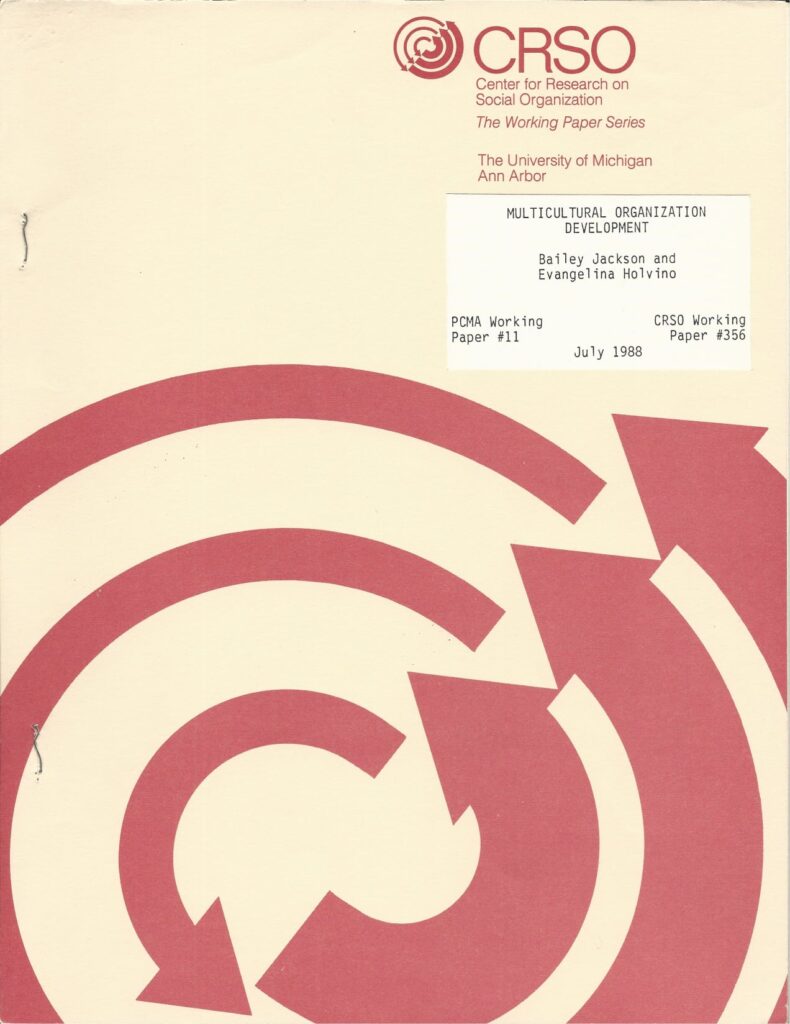
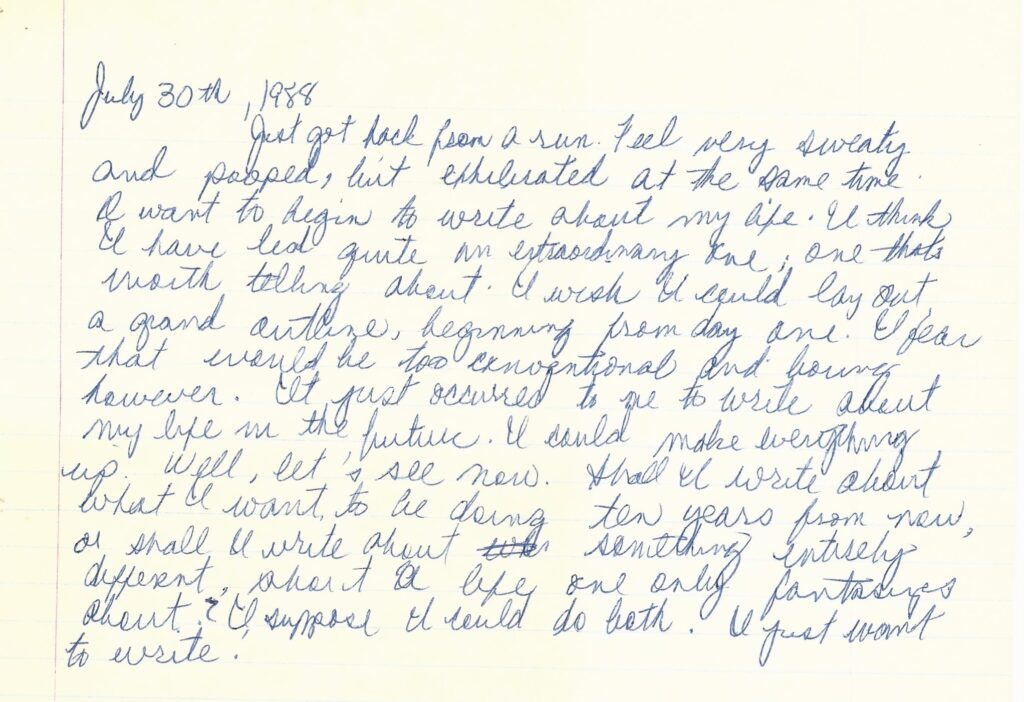
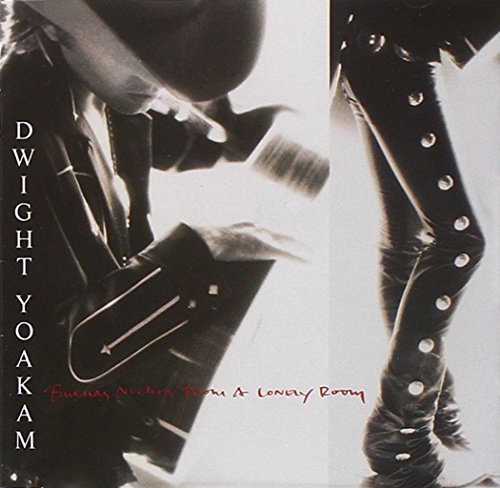
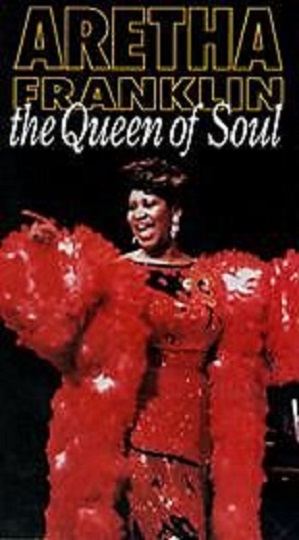
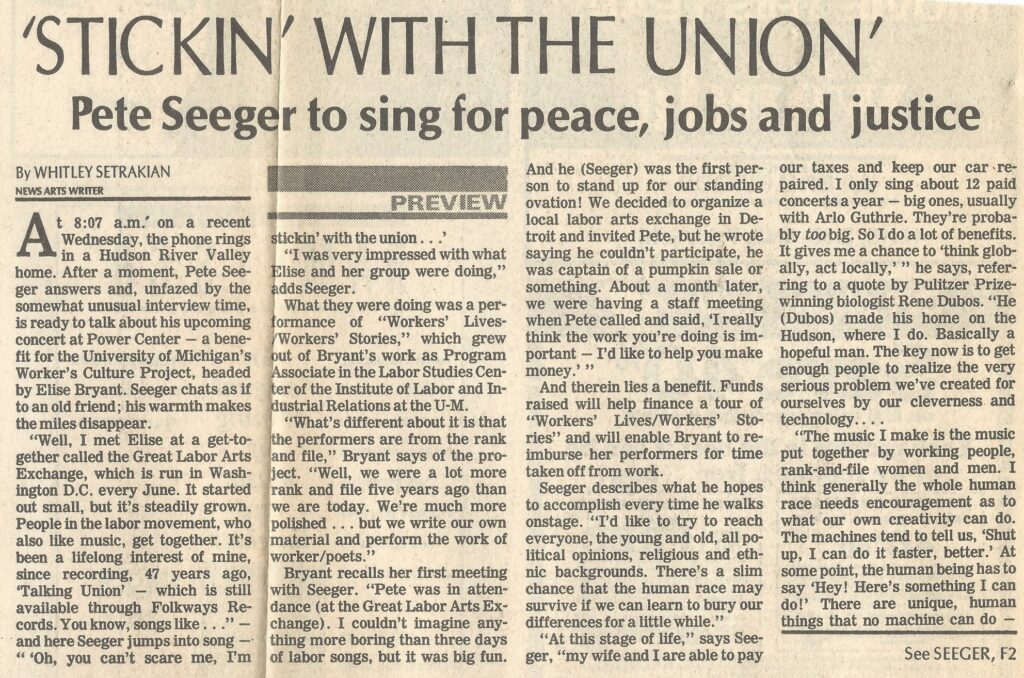
I love this song…

Here’s the title cut.

Another day when I was visiting my mom, a week or so before she passed away, a nurse came in and my mom called to her and said, “hi honey. Do you know who Ray Charles is? Well he can park his shoes under my bed any time!”. The nurse said, “that’s nice Mrs. Diaz” and rolled her eyes, or something like that, and then she left the room. I turned to my mom and said, “oh ma, why did you say that? How embarrassing!” She shot back, “well, I would’ve said Vicente Fernandez, mijo, but this pendejita wouldn’t have known who I was talking about!” I still crack up thinking about it, and remember it like it was yesterday…

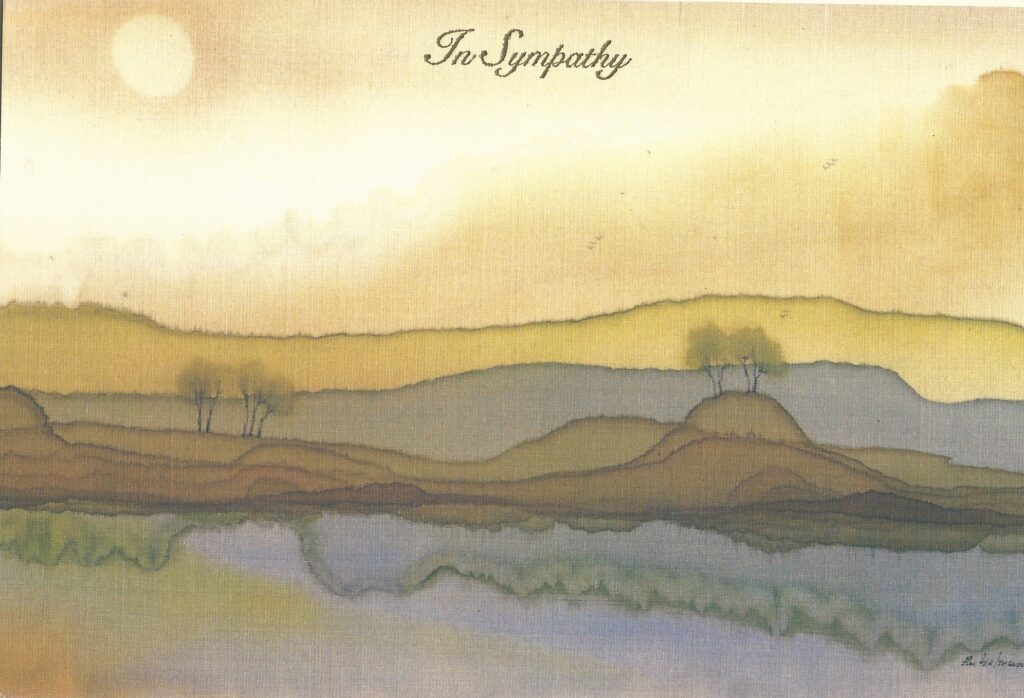
This song, from the above anthology, just breaks me up.
A few days after my mom died, I went to the swap meet to see if I could find some good Mexican music so that I could play it in her memory. I knew she loved Mexican rancheras, and that she particularly enjoyed the music of Lola Beltran and Lucha Villa, so I looked around for some of their recordings at the various booths that sold Mexican music. Man, did I luck out! I found a cassette with the above photo on it that day and brought it home. Simply titled “Lucha VIlla”, it was a greatest hits anthology and it included some of her earliest and best known recordings from the early 60s to the mid 70s, including several songs written by Jose Alfredo Jimenez. My dad heard it and said to me, “this is a gift from your mother”. Every song hit hard and seemed to be about my parents relationship. From this point on, I was hooked on this woman’s music and on Mexican mariachi and rancheras in general. I’ve since traveled all over the US and Mexico collecting her music, and I now have practically everything she’s ever released on lp, 45, cassette and cd. I also have several of her films. She was a great actress too. Now that Youtube is available, one can listen to most of her recordings there, and even watch her many movies. Back when I started collecting her material, however, there was no Youtube, and finding her recordings required perseverence and dedication as most of it was out of print. Back in 2011, I created two websites devoted to her music. One covers her output in the 60s, and the other in the 70s. Included are all her albums and movies from each decade. I now have them linked as two pdf documents. You can see them here (60s)and here (70s).
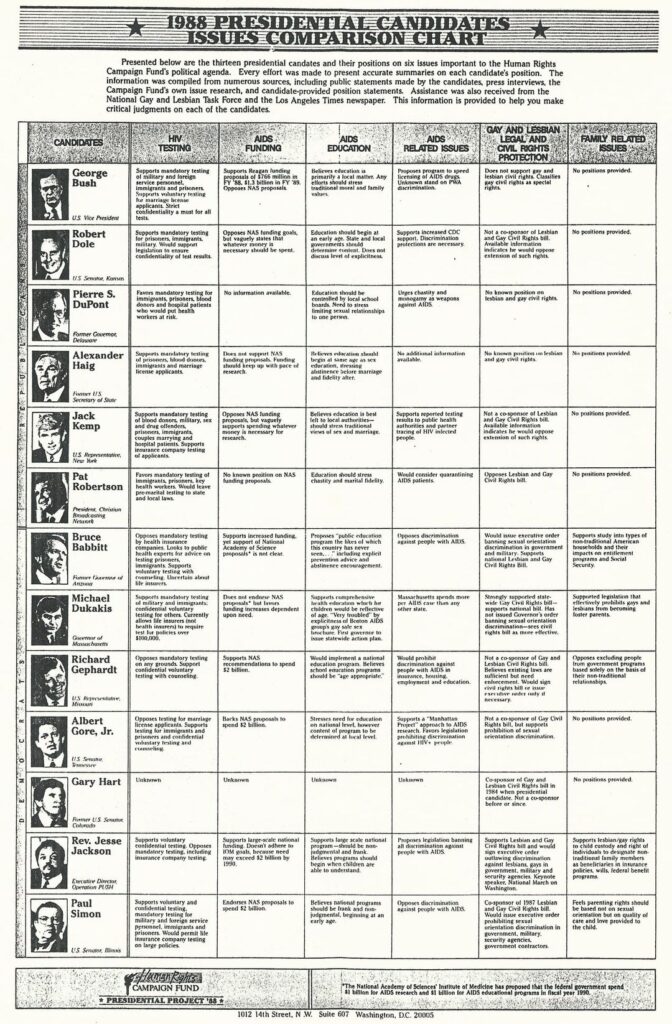
My favorite song from the album…

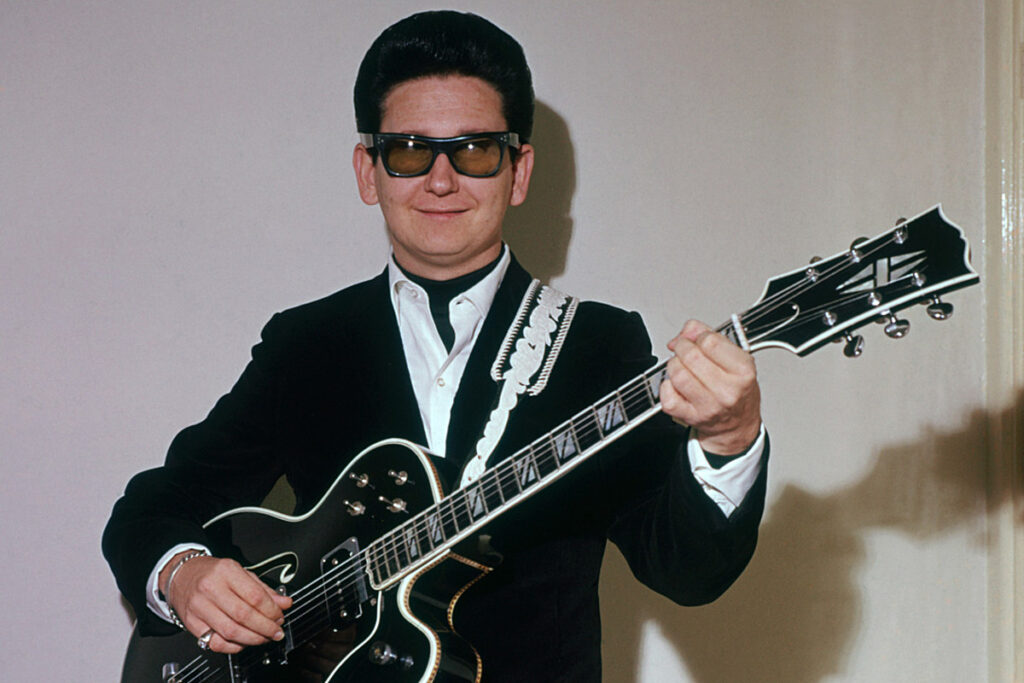
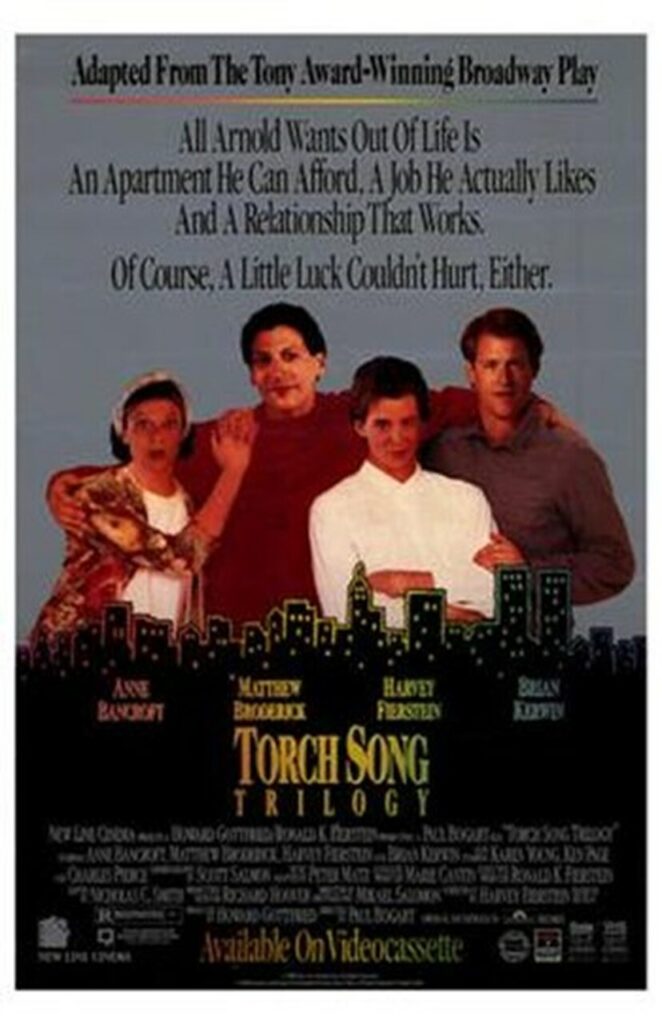
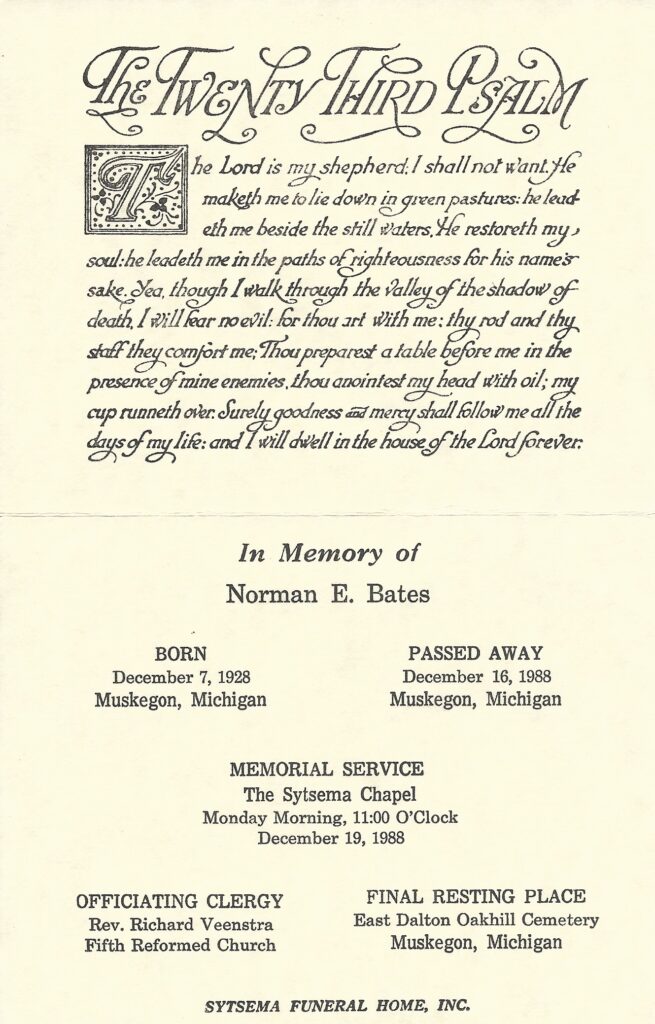
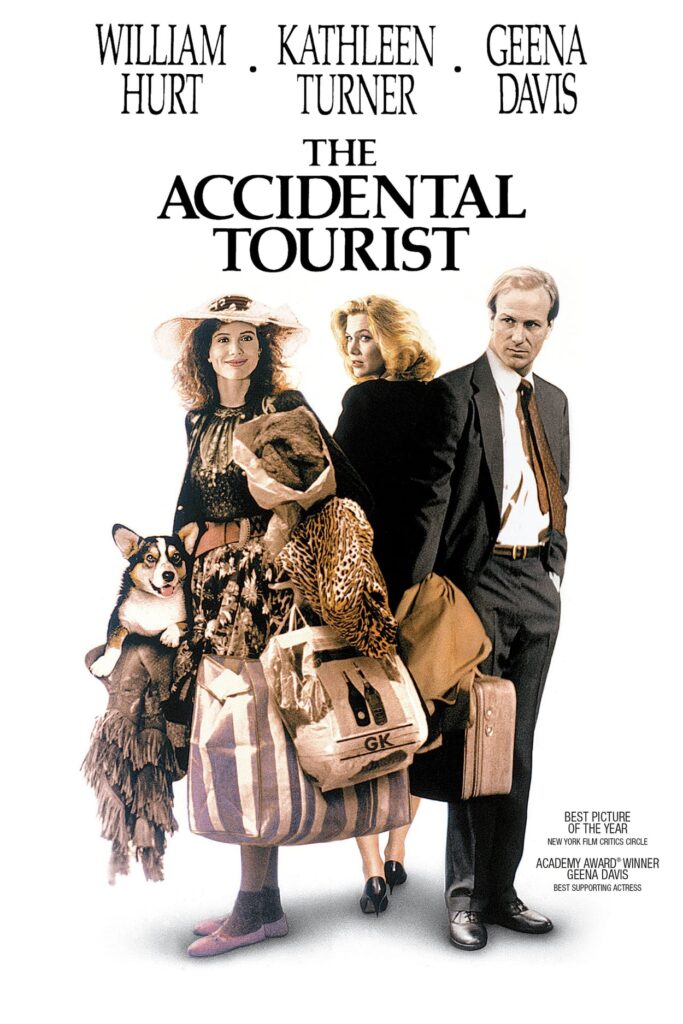

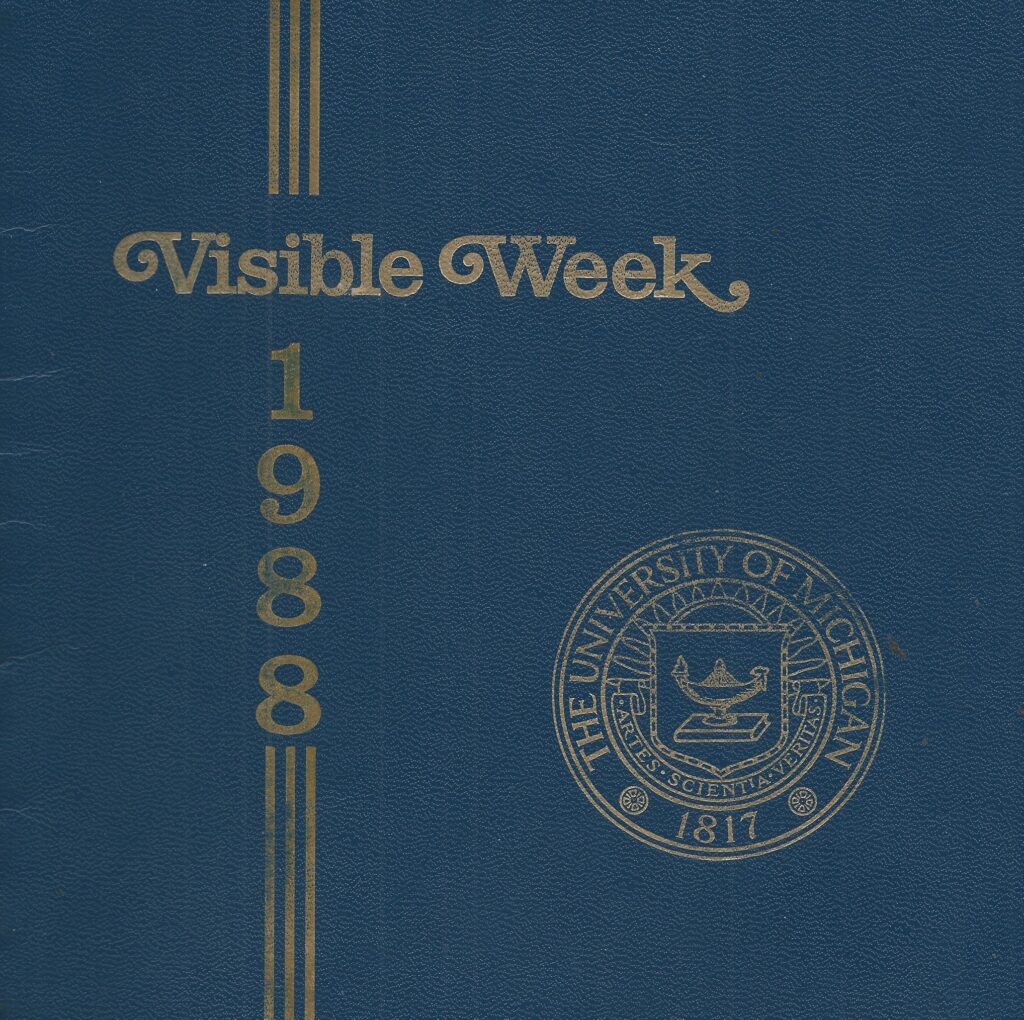
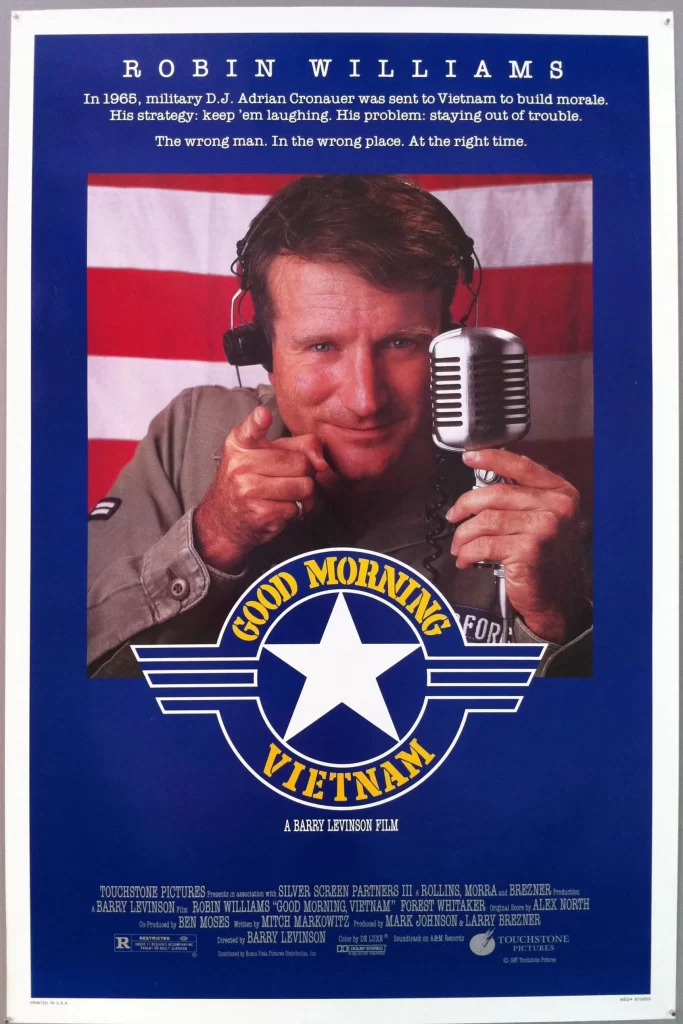



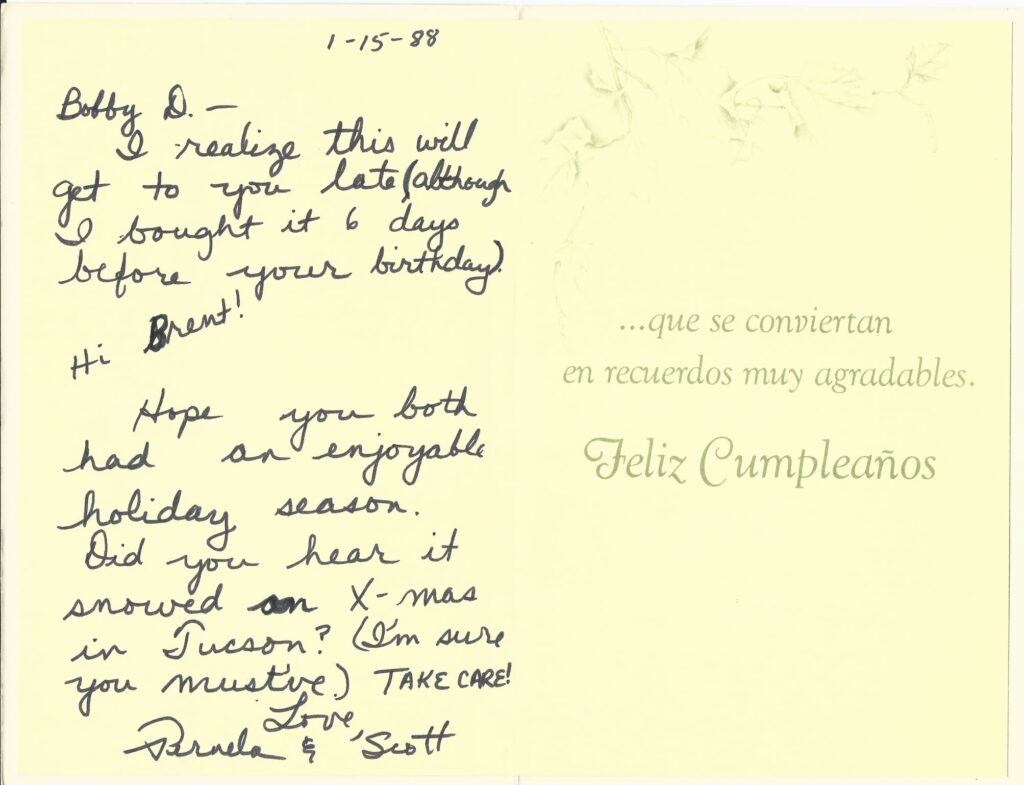
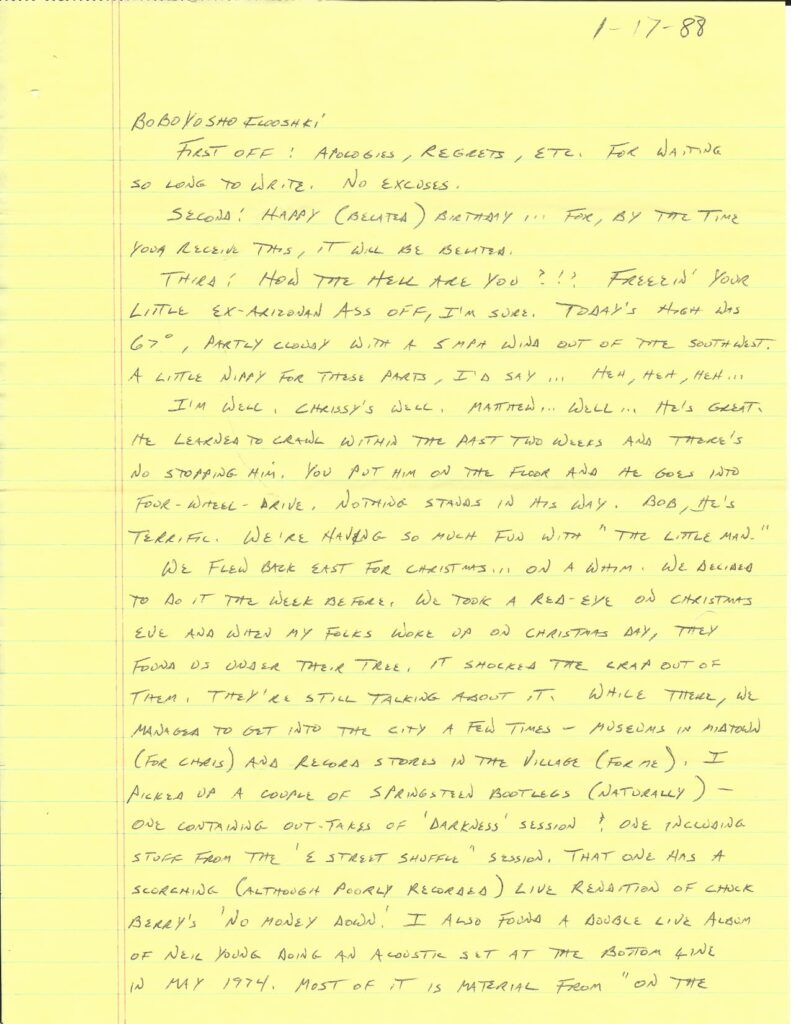
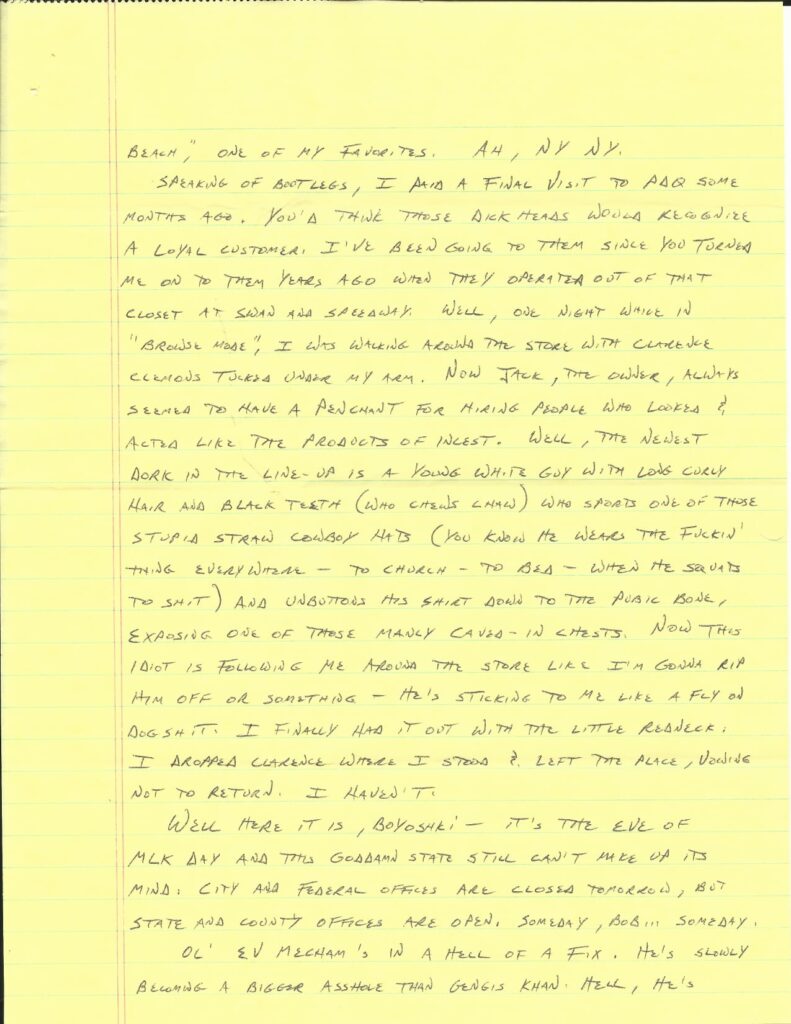
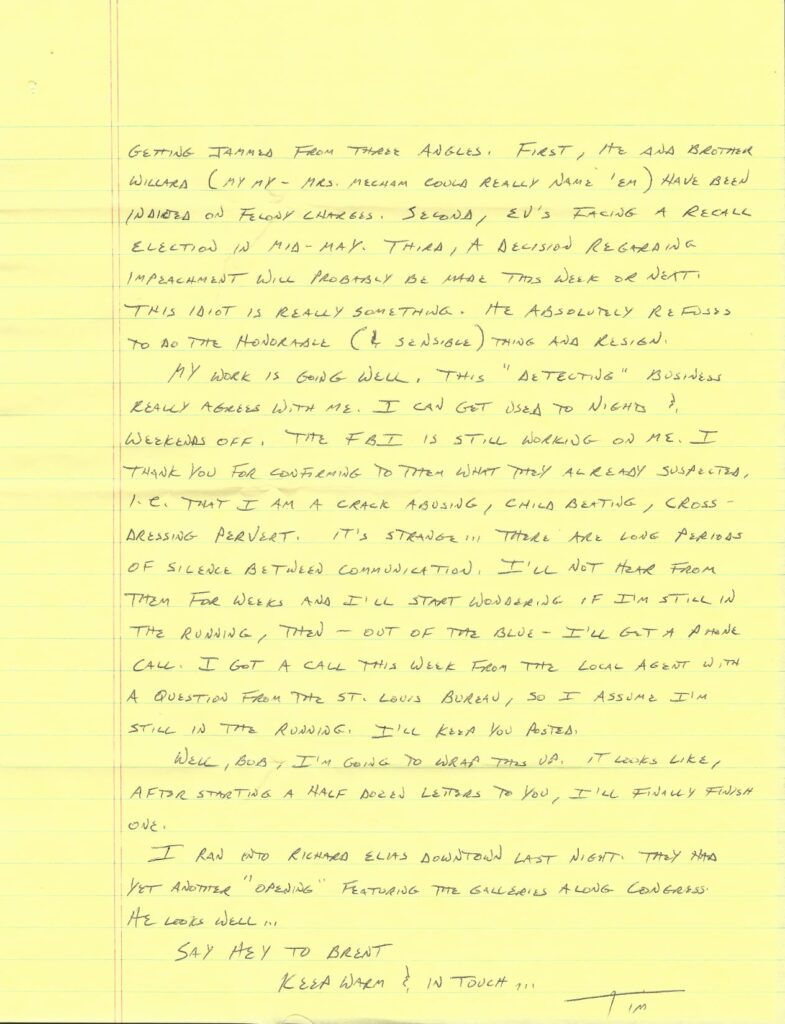
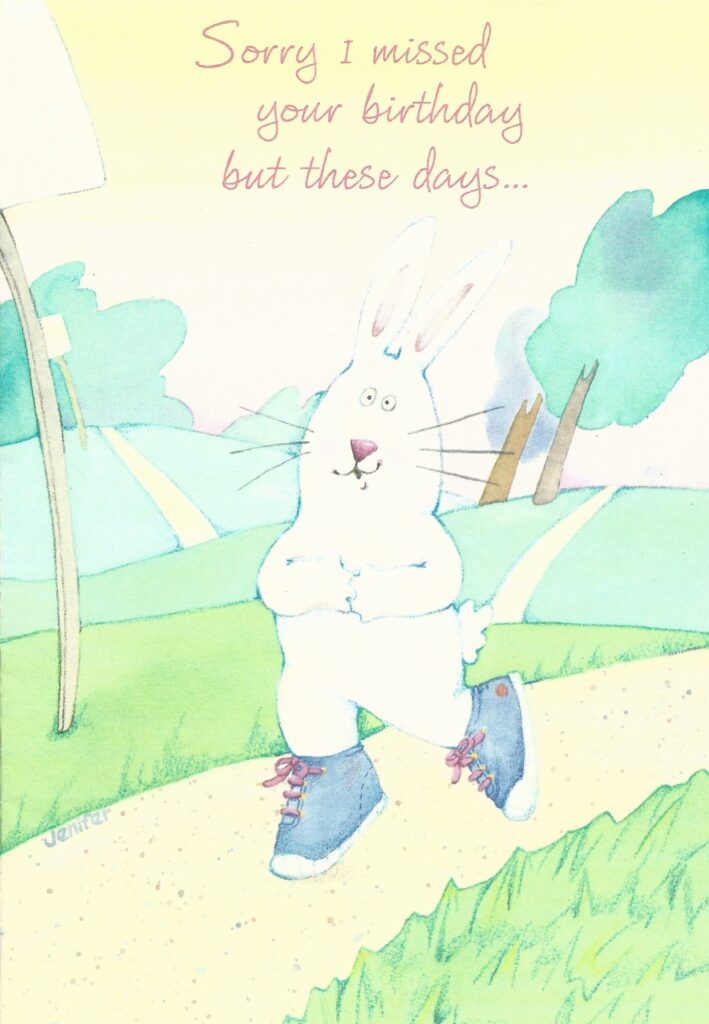
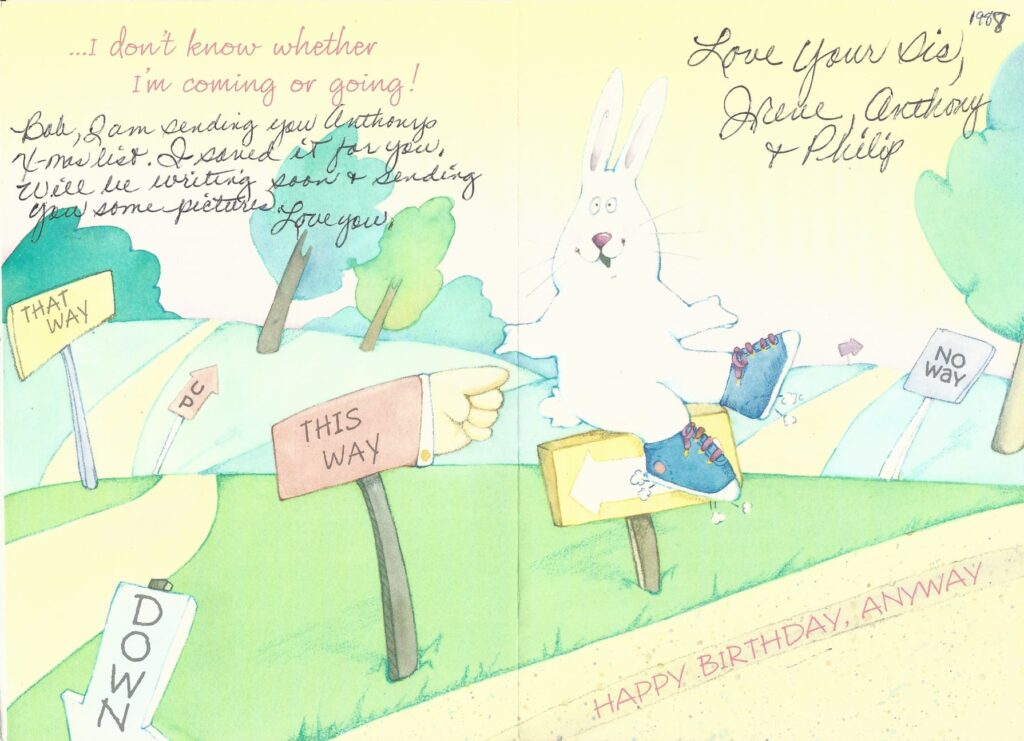
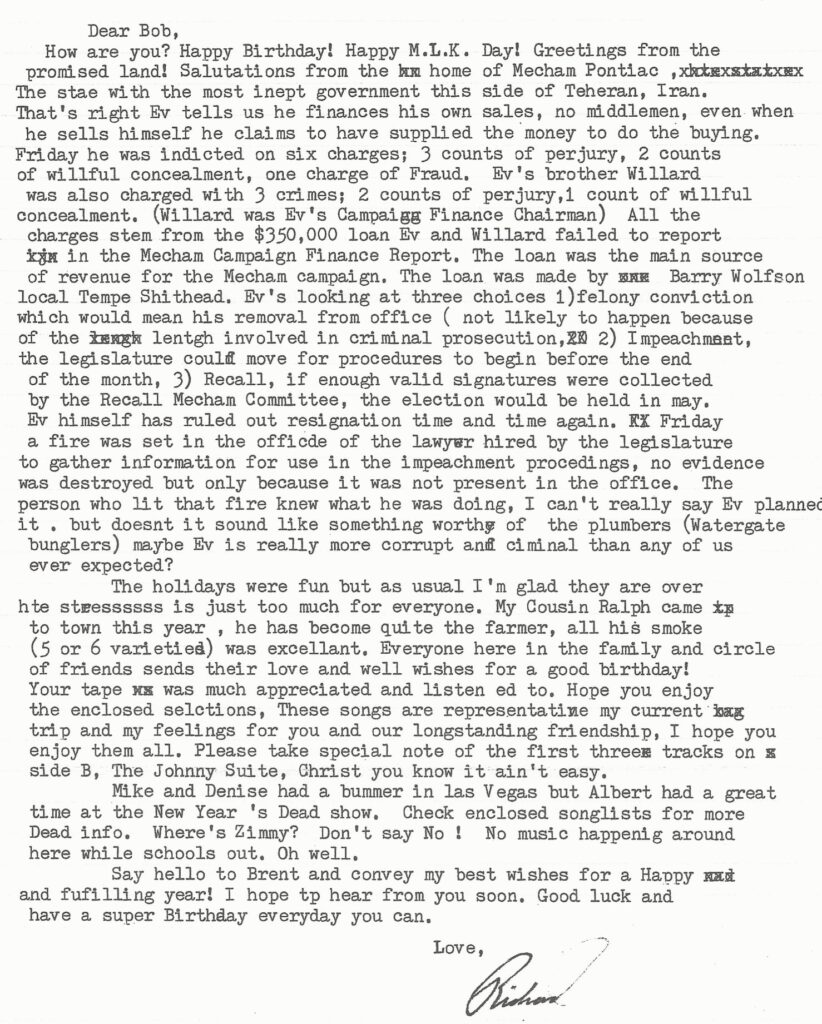
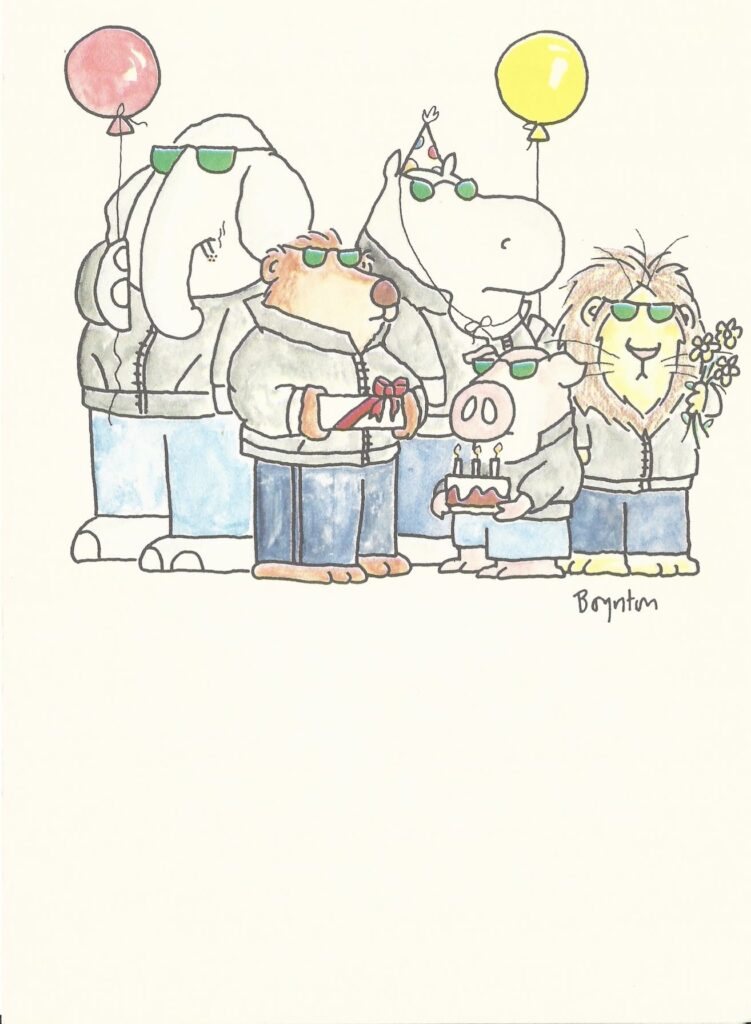



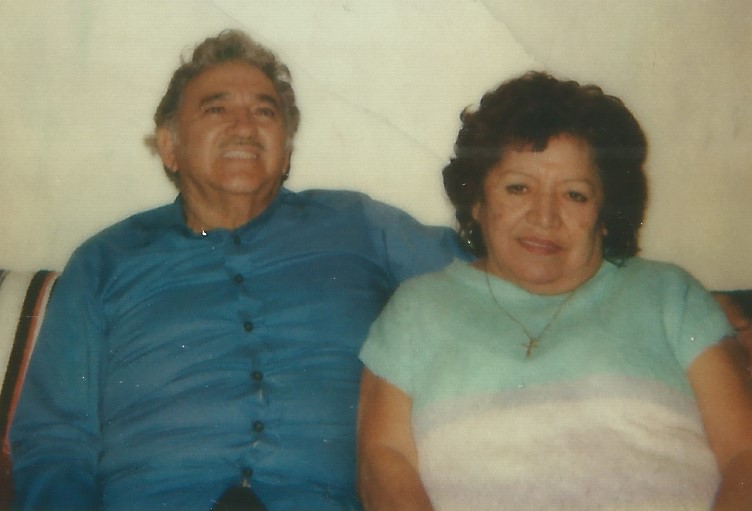
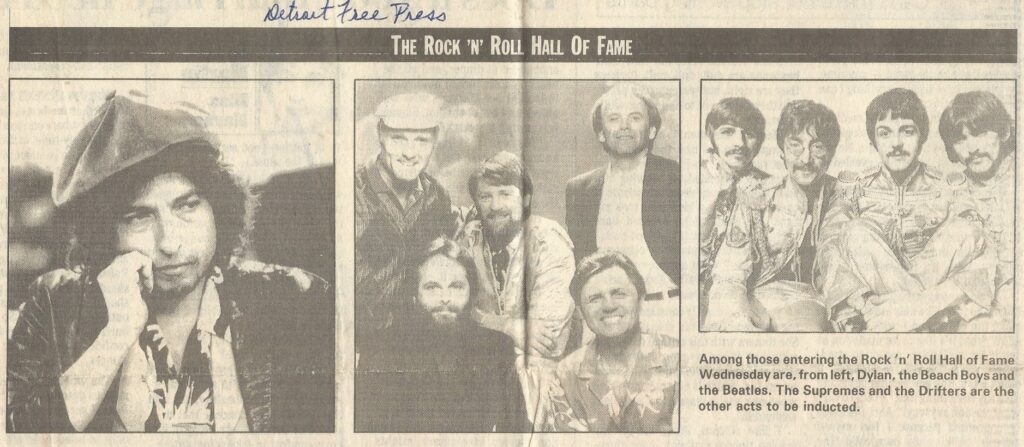
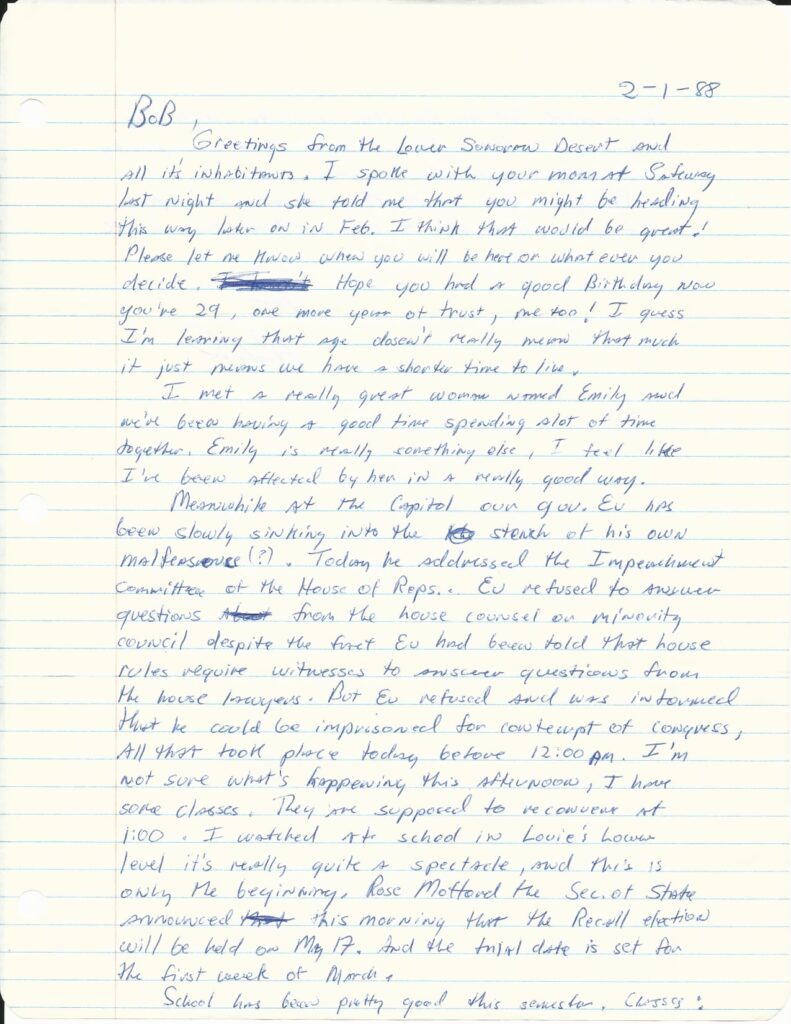
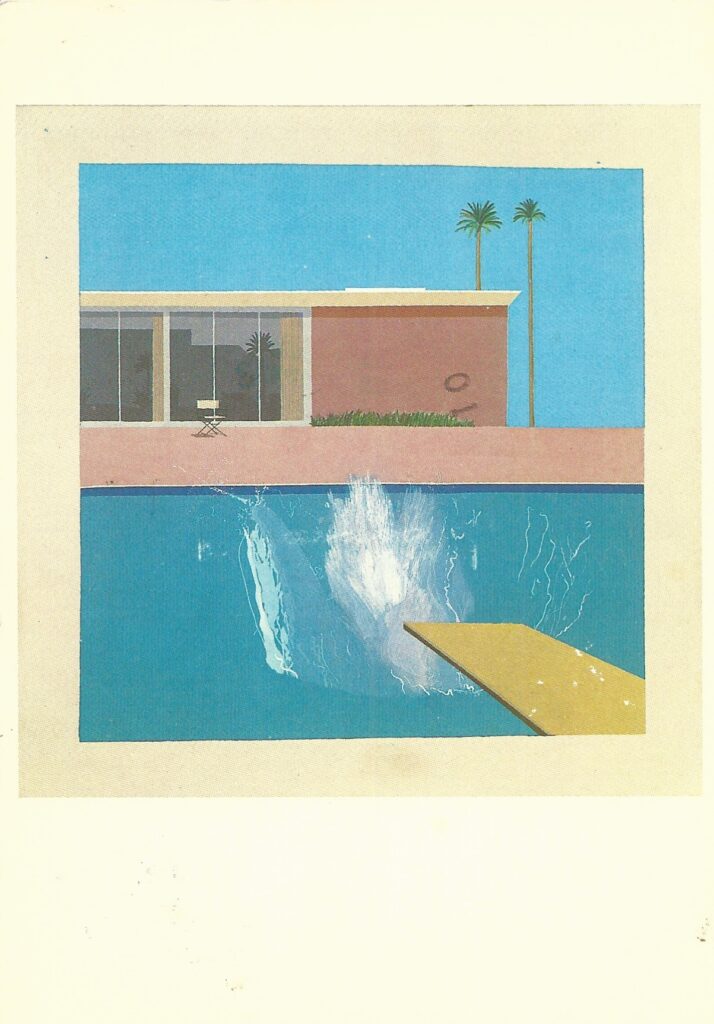
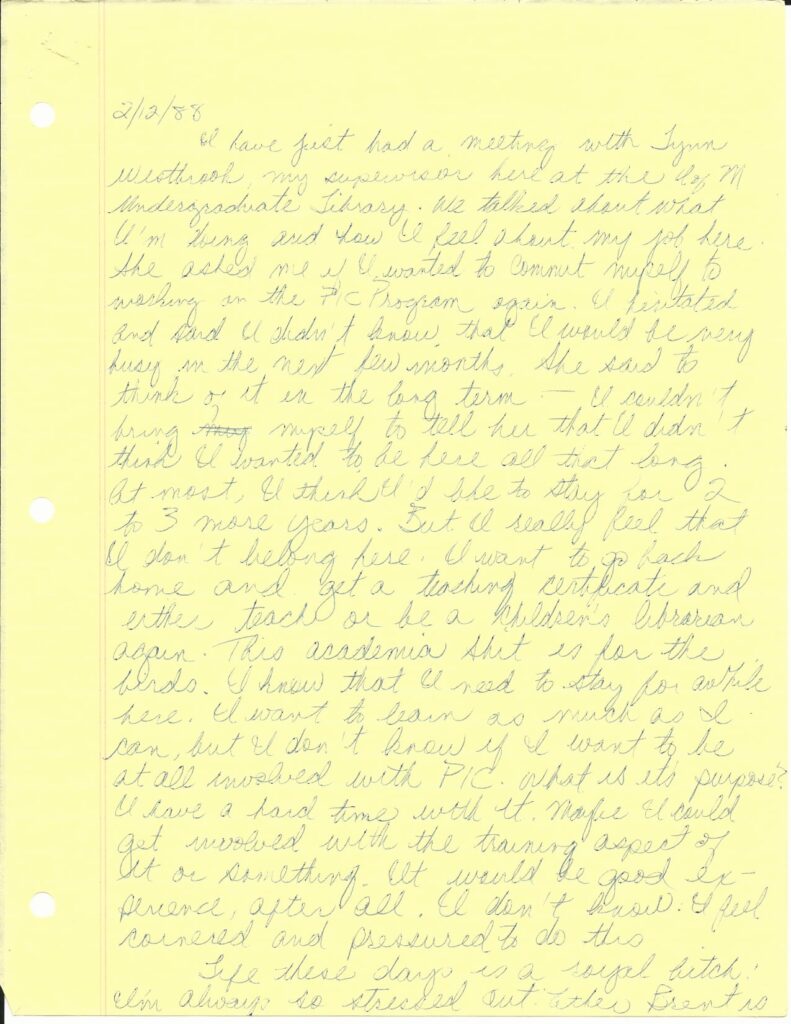

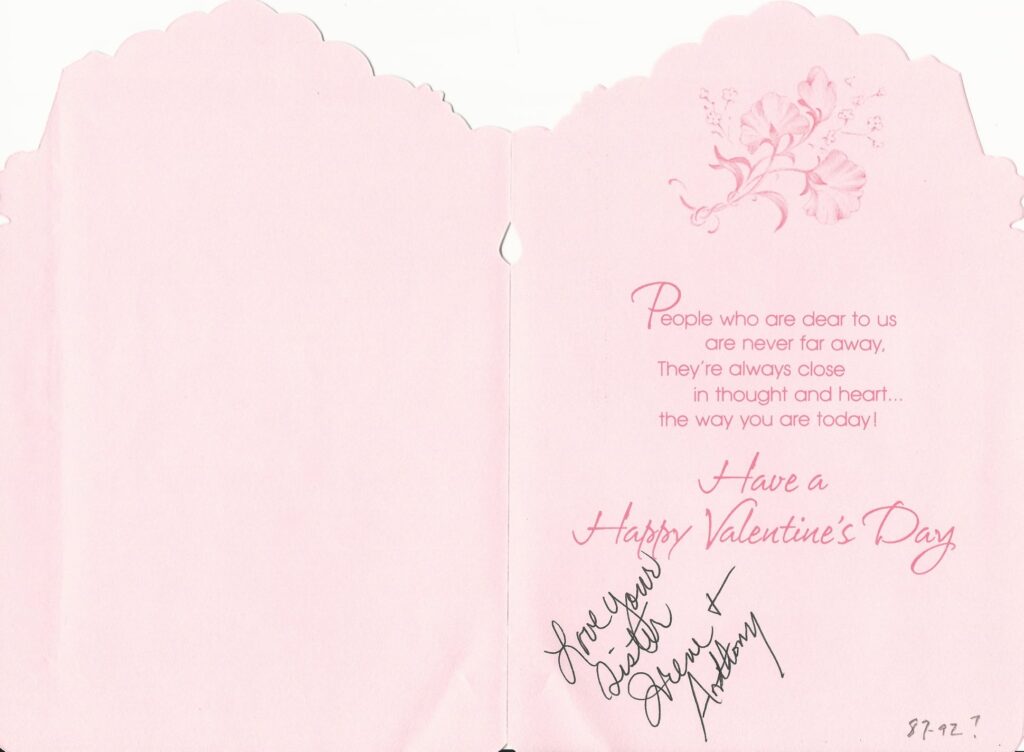

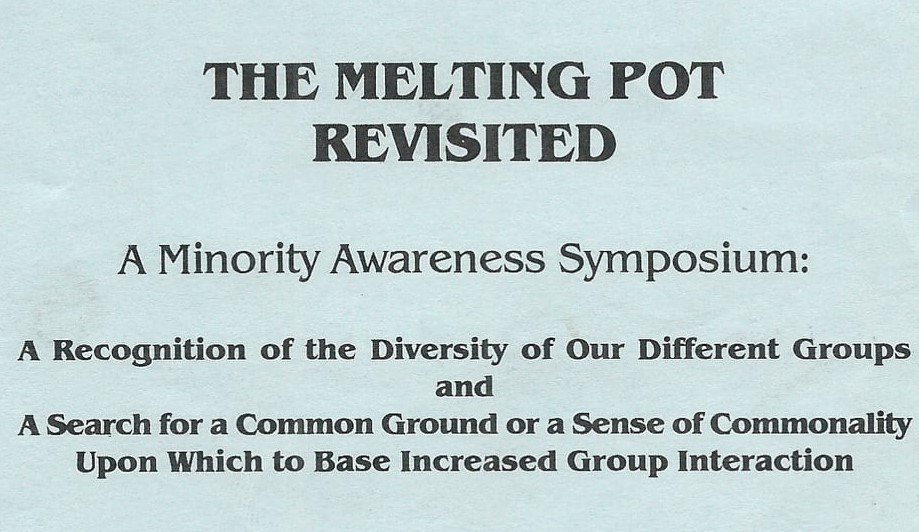
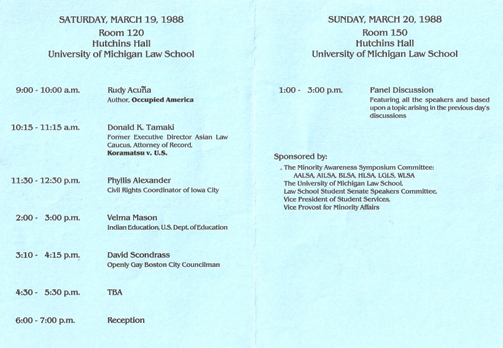

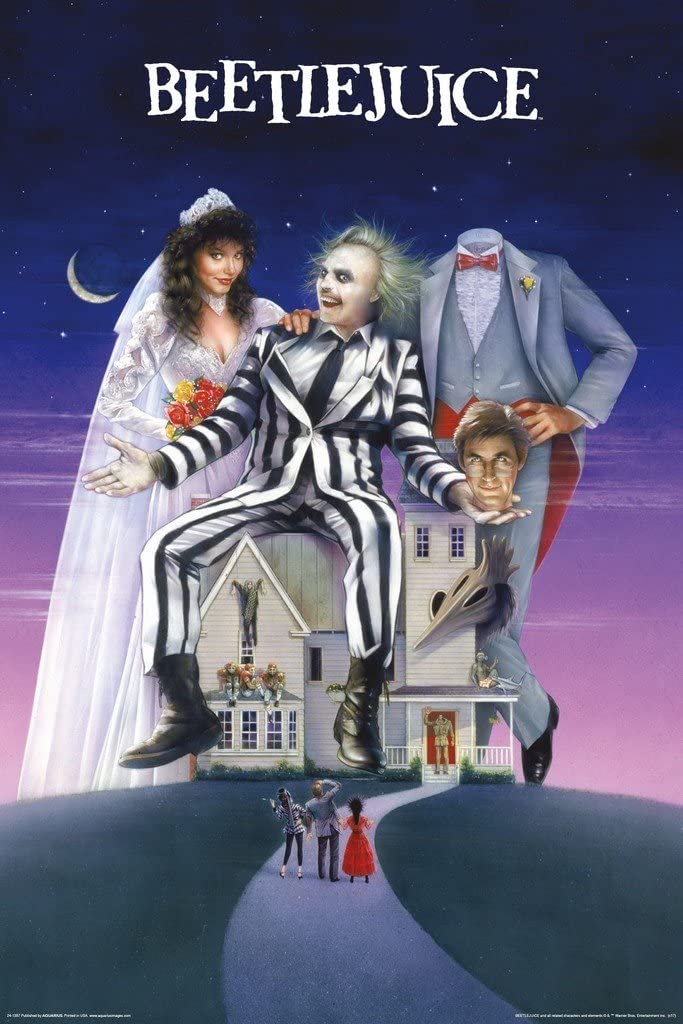
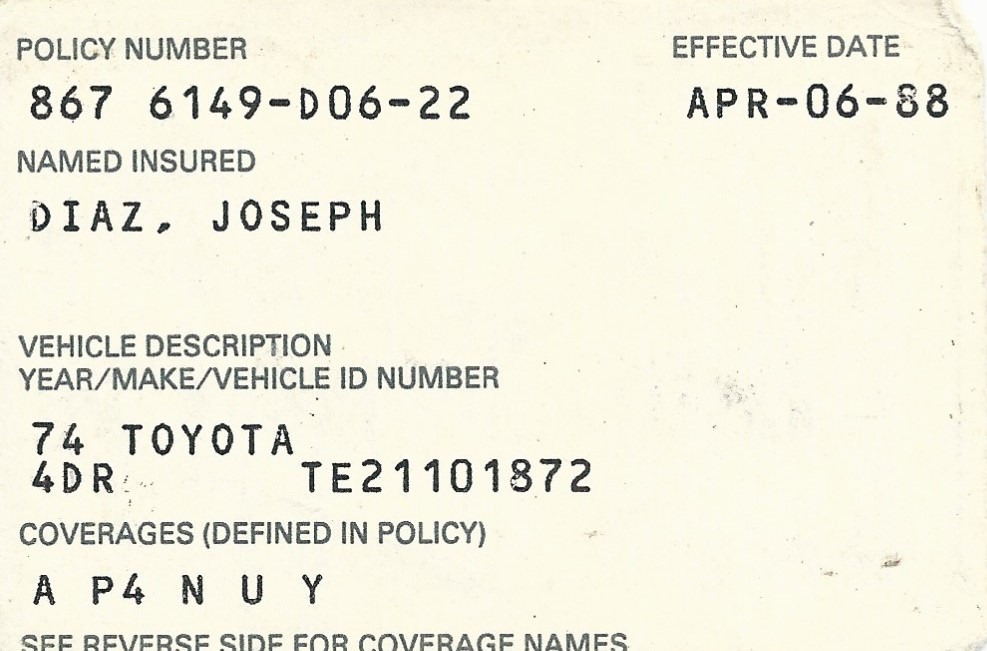
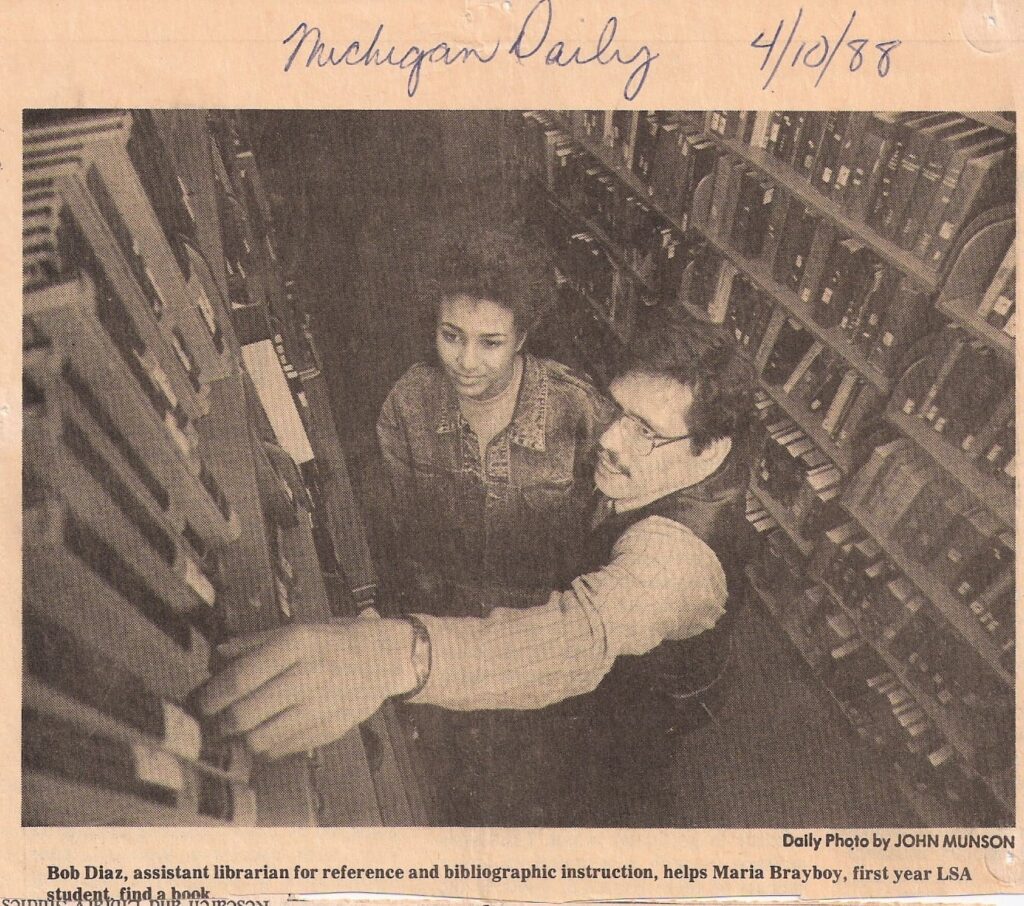
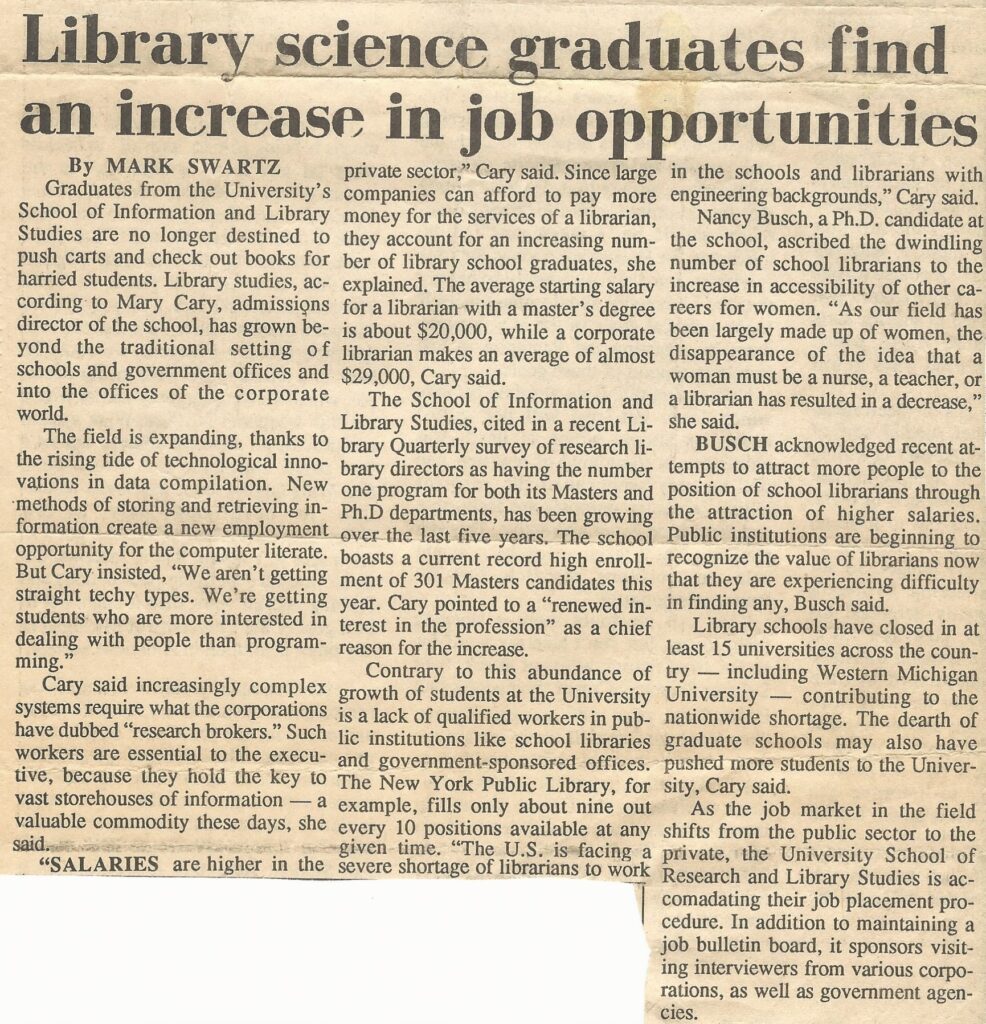
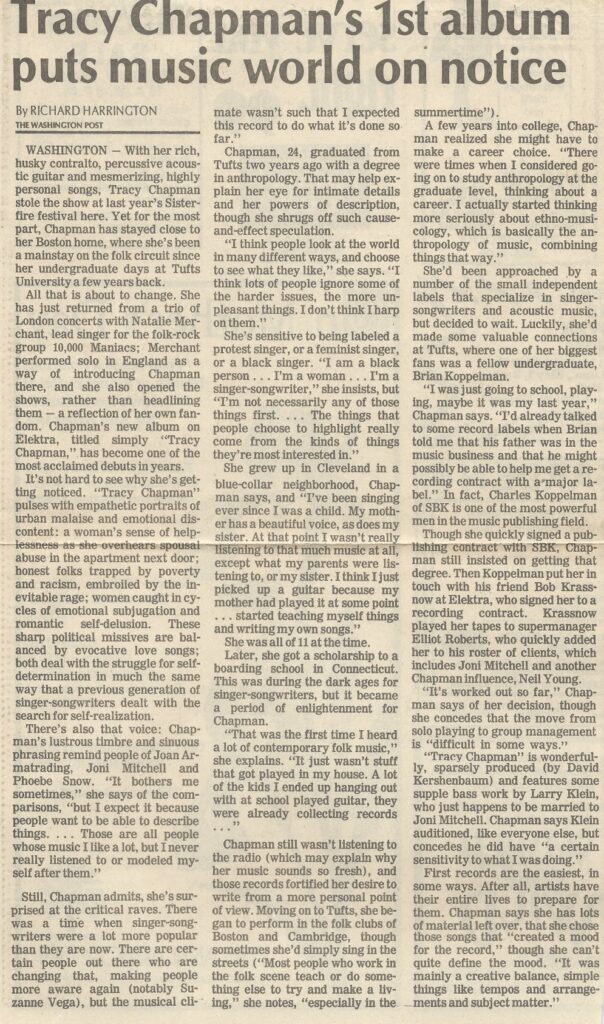
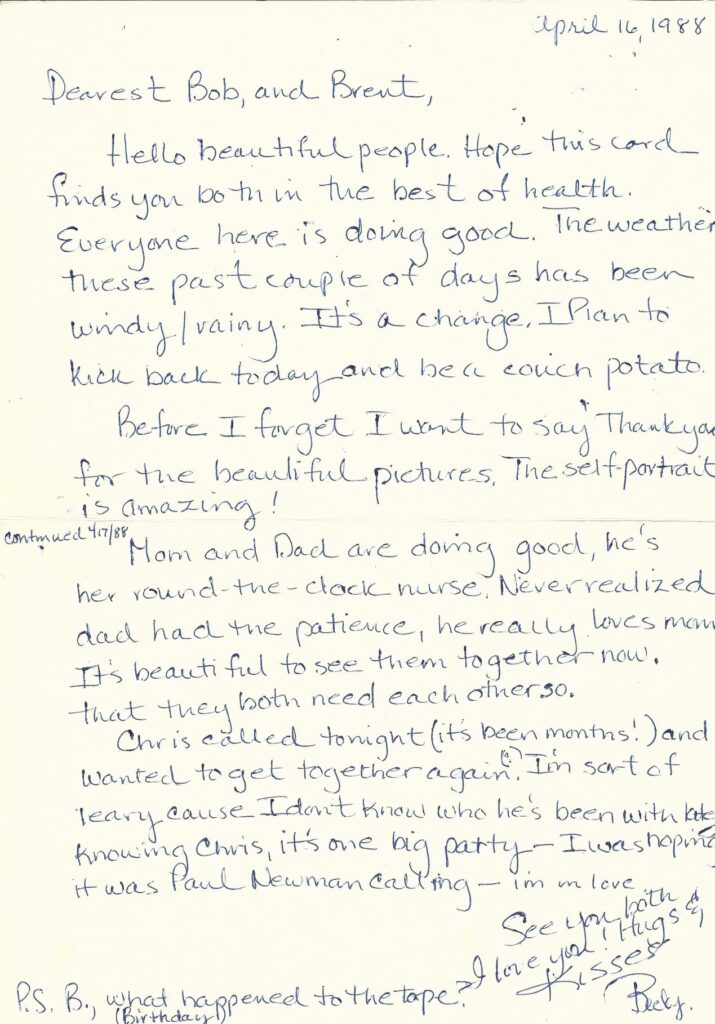
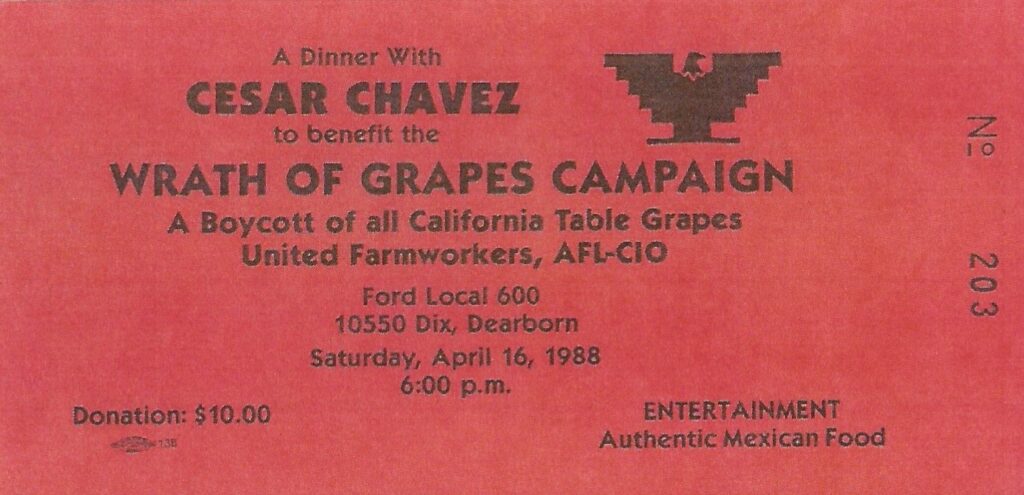



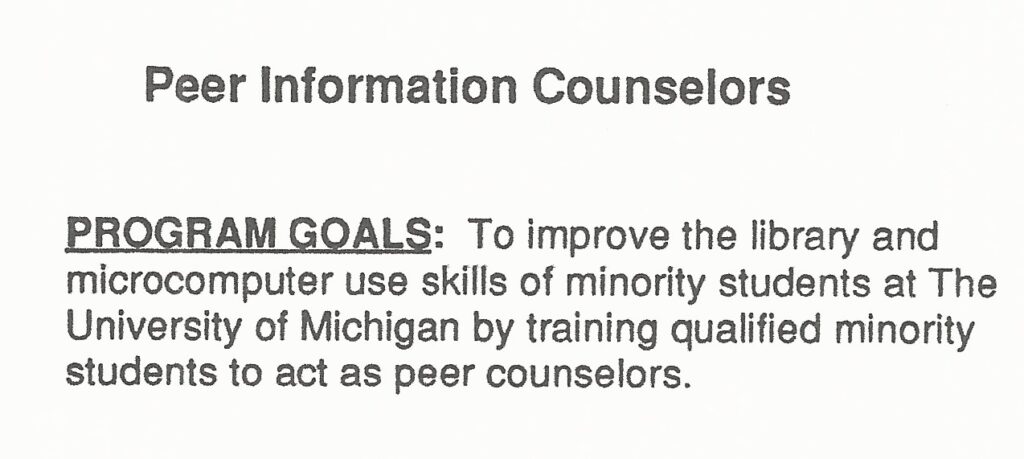
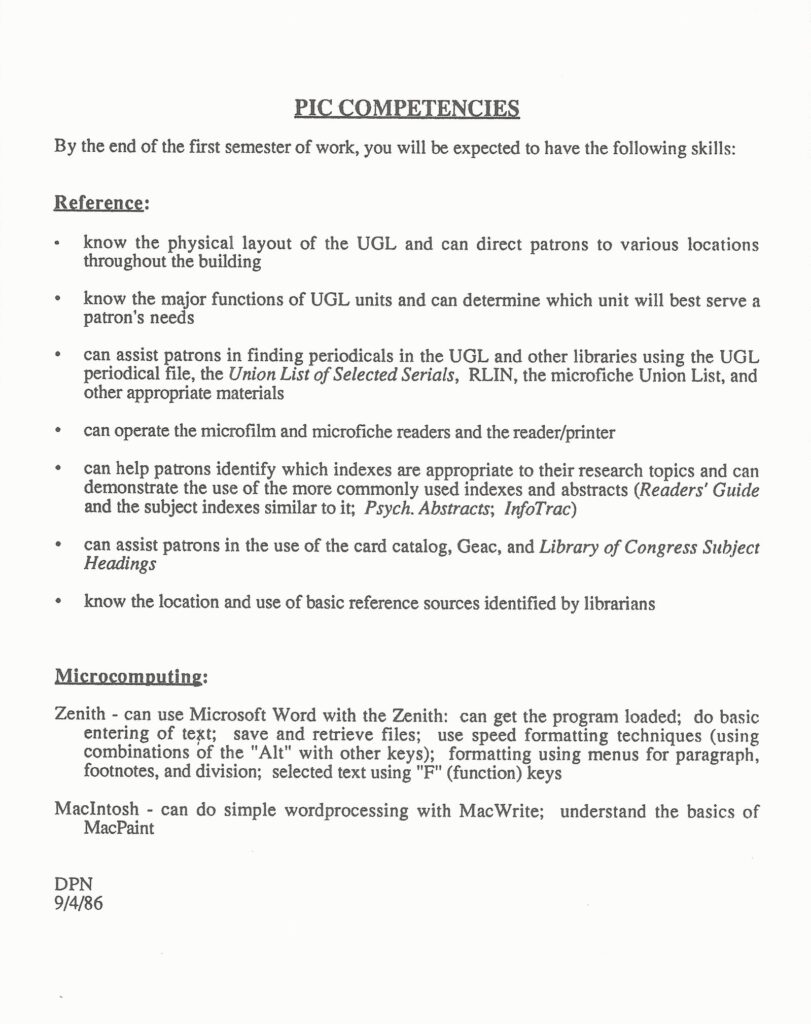
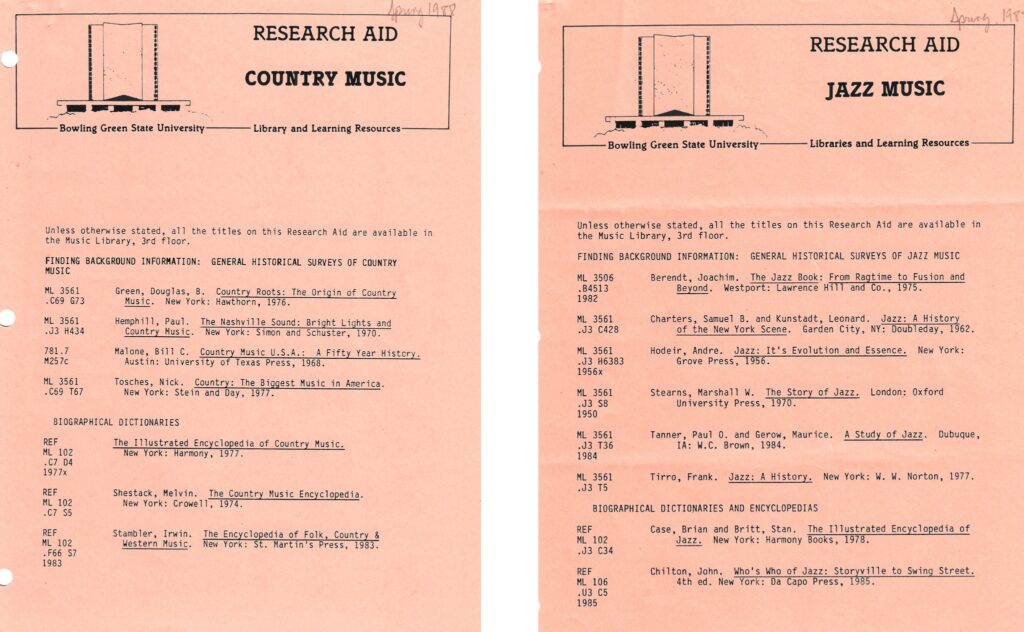
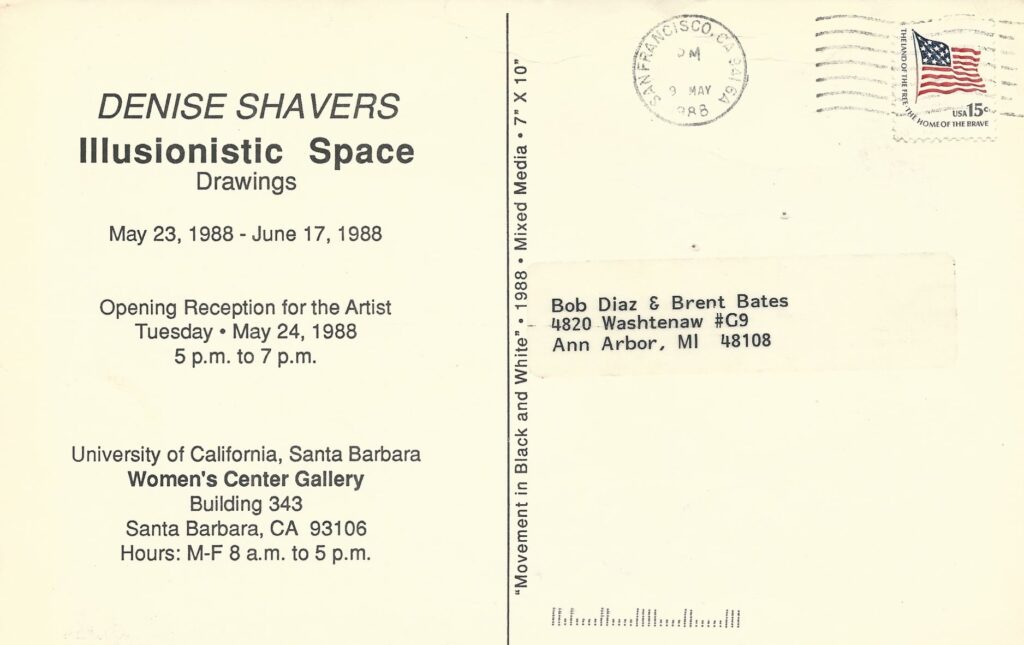
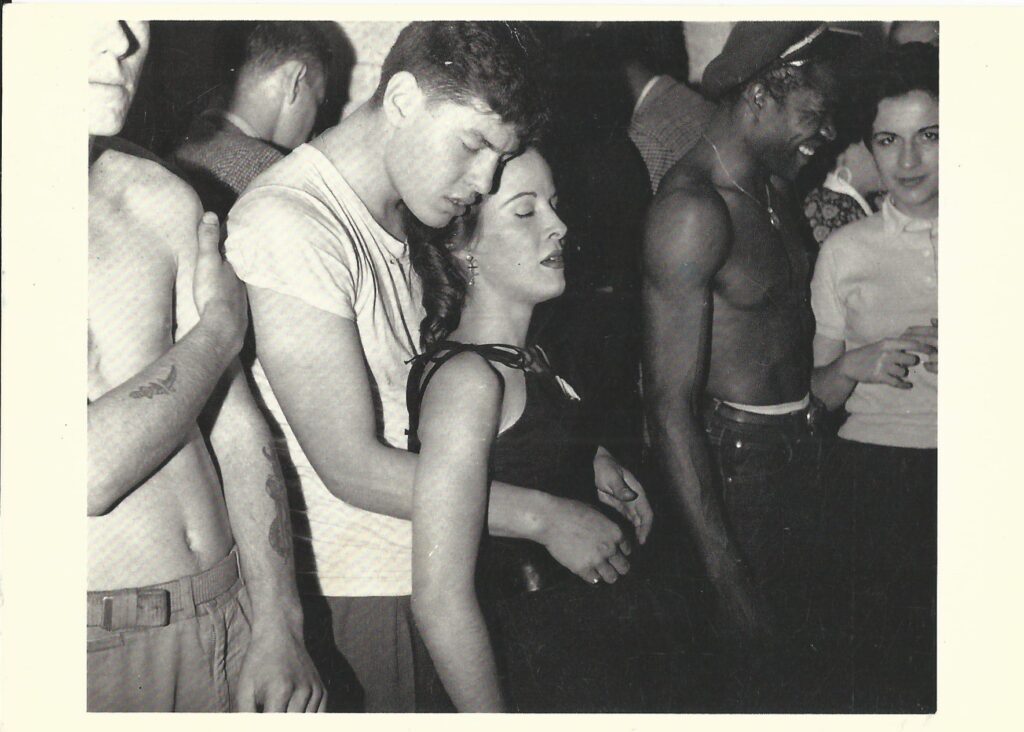
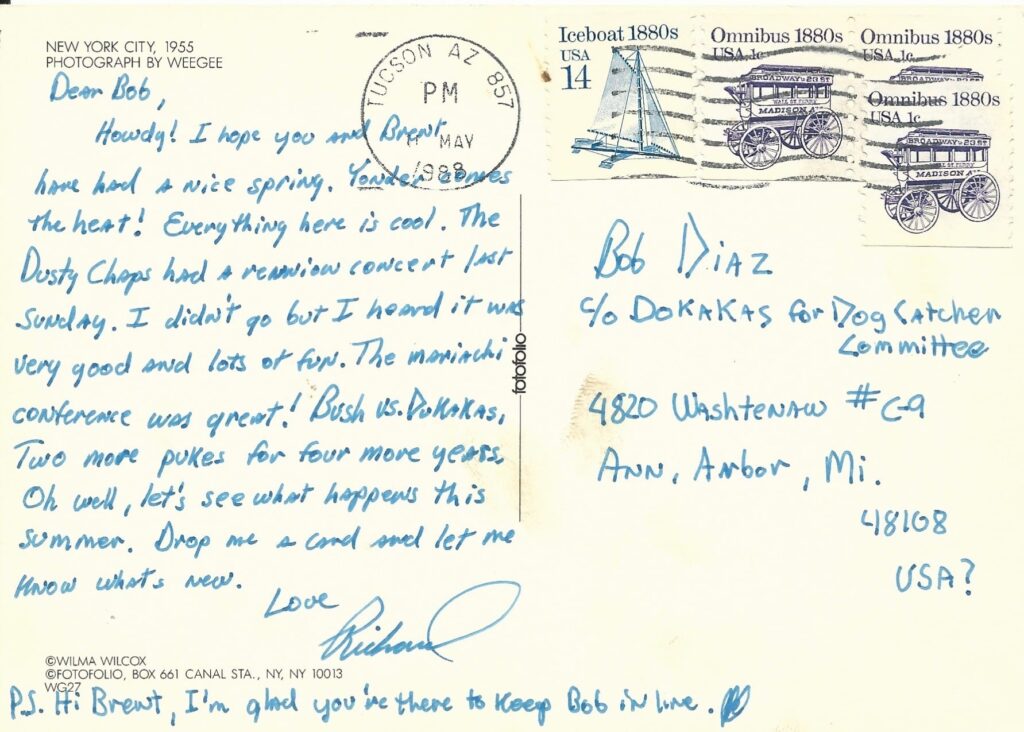
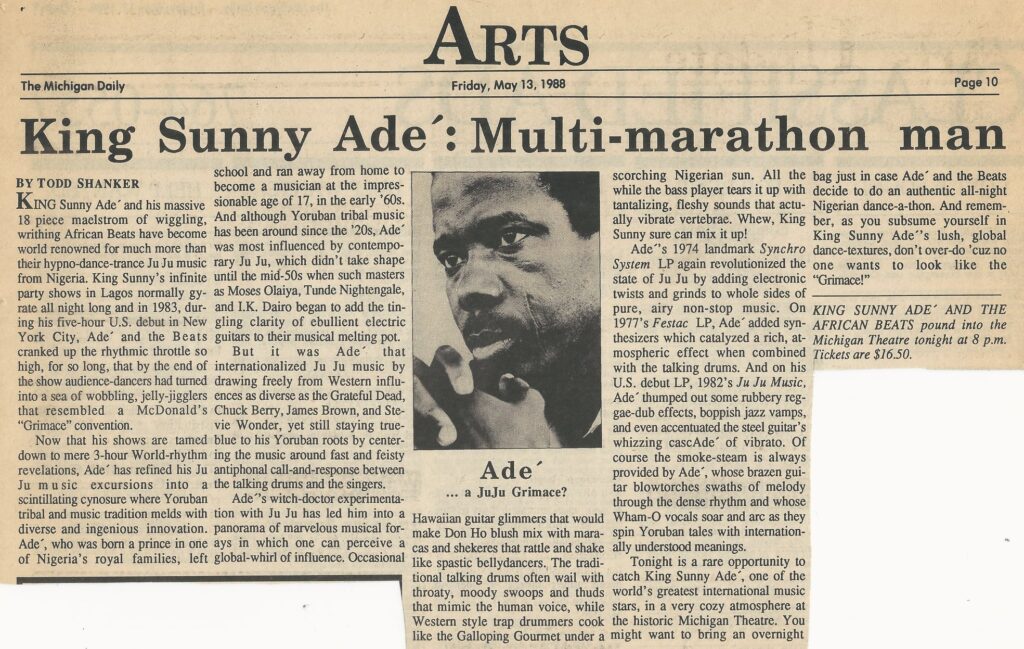

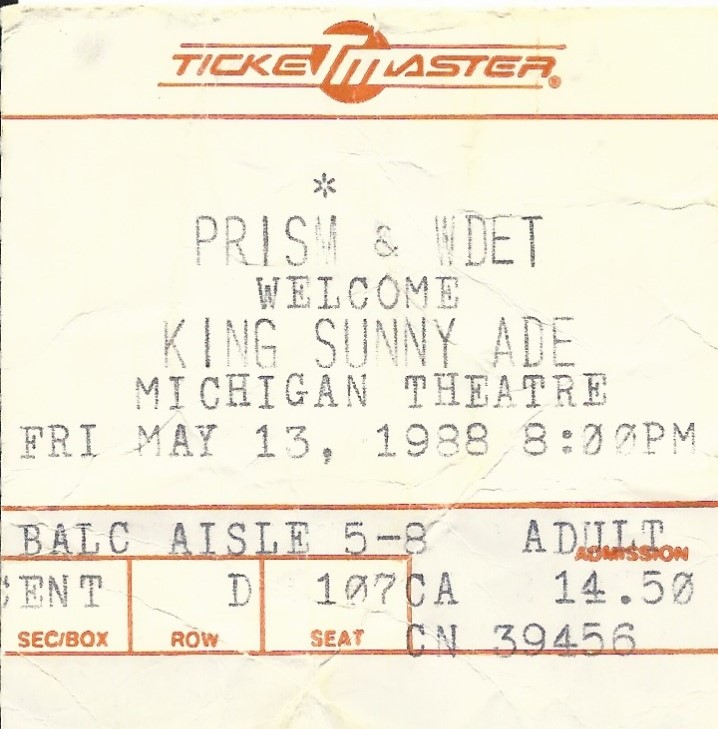



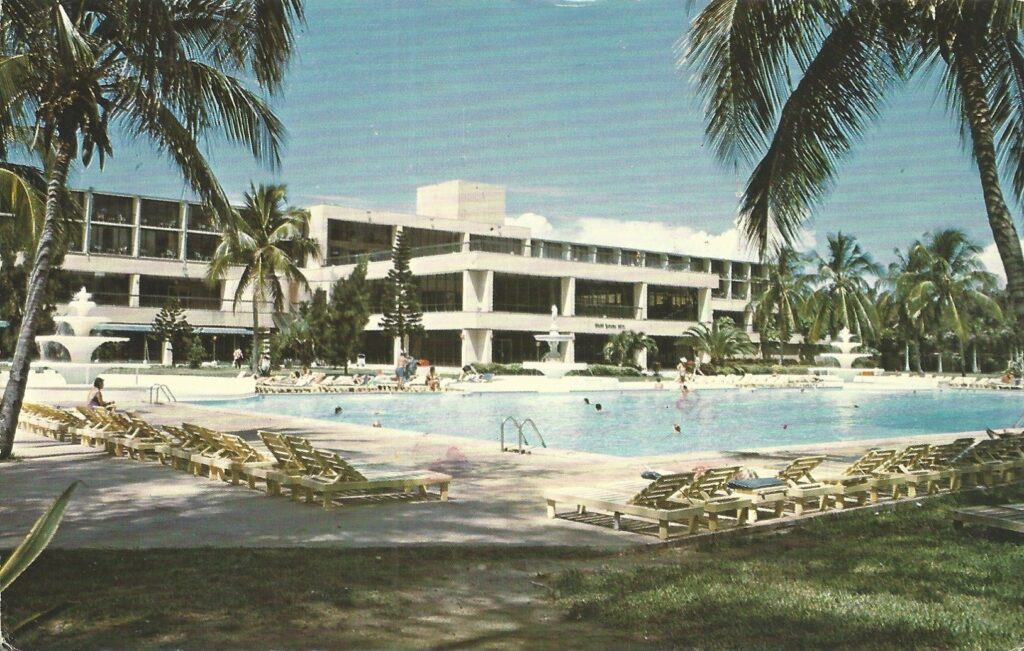
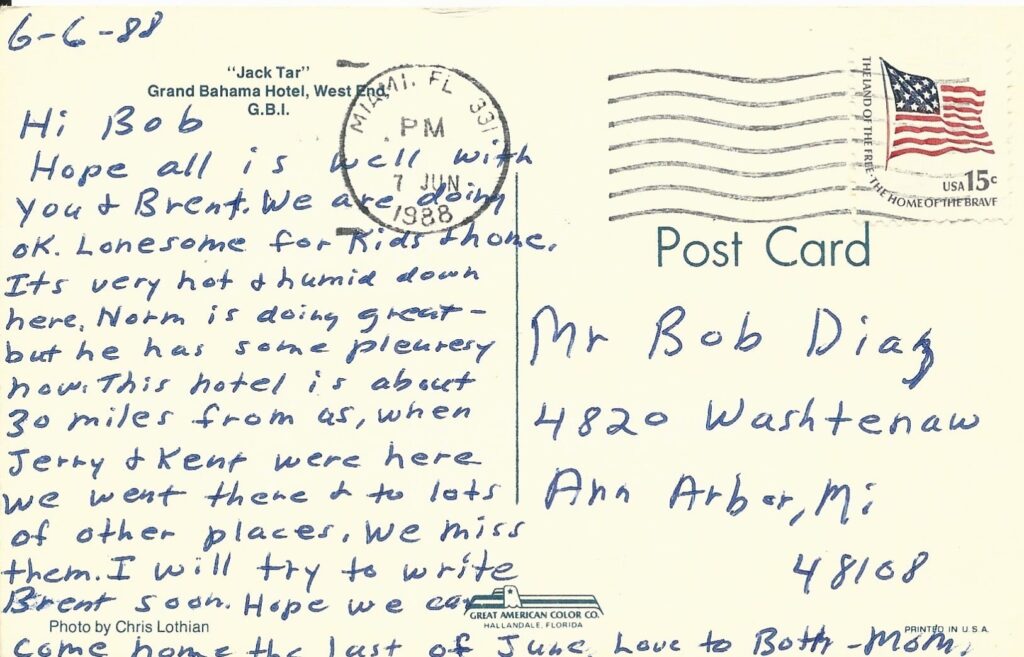

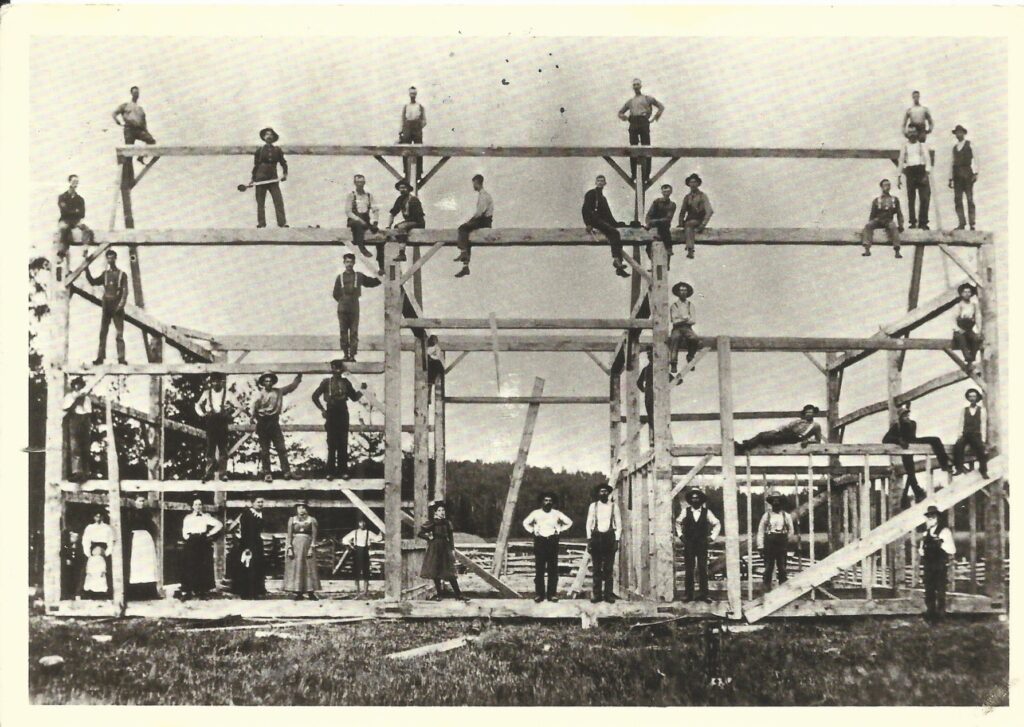
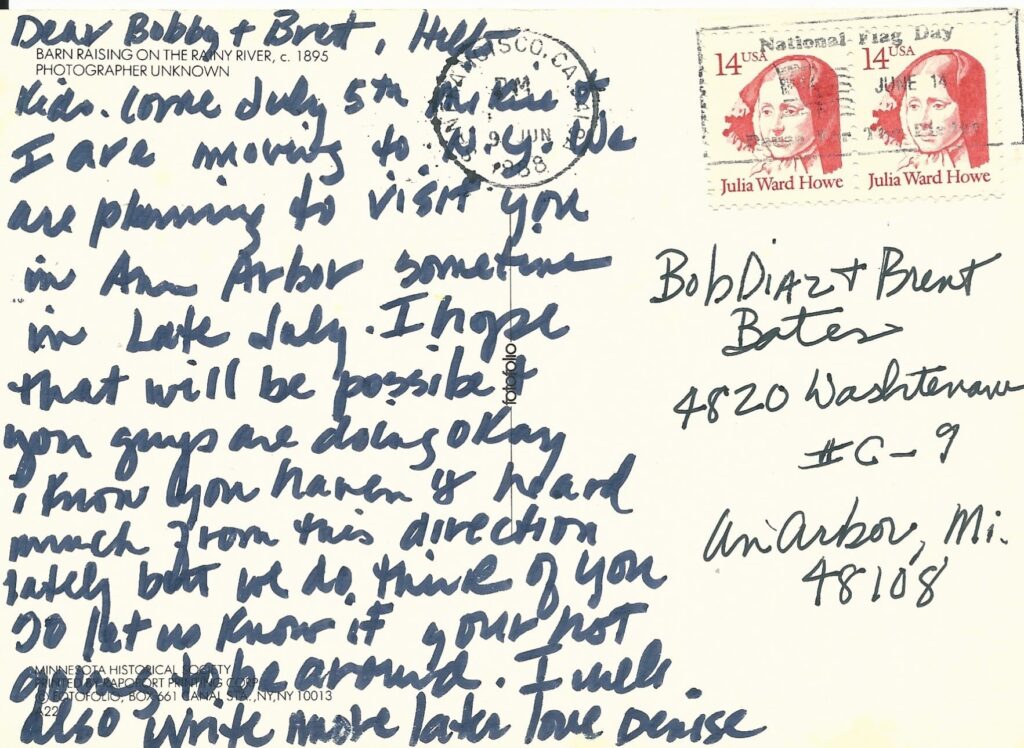
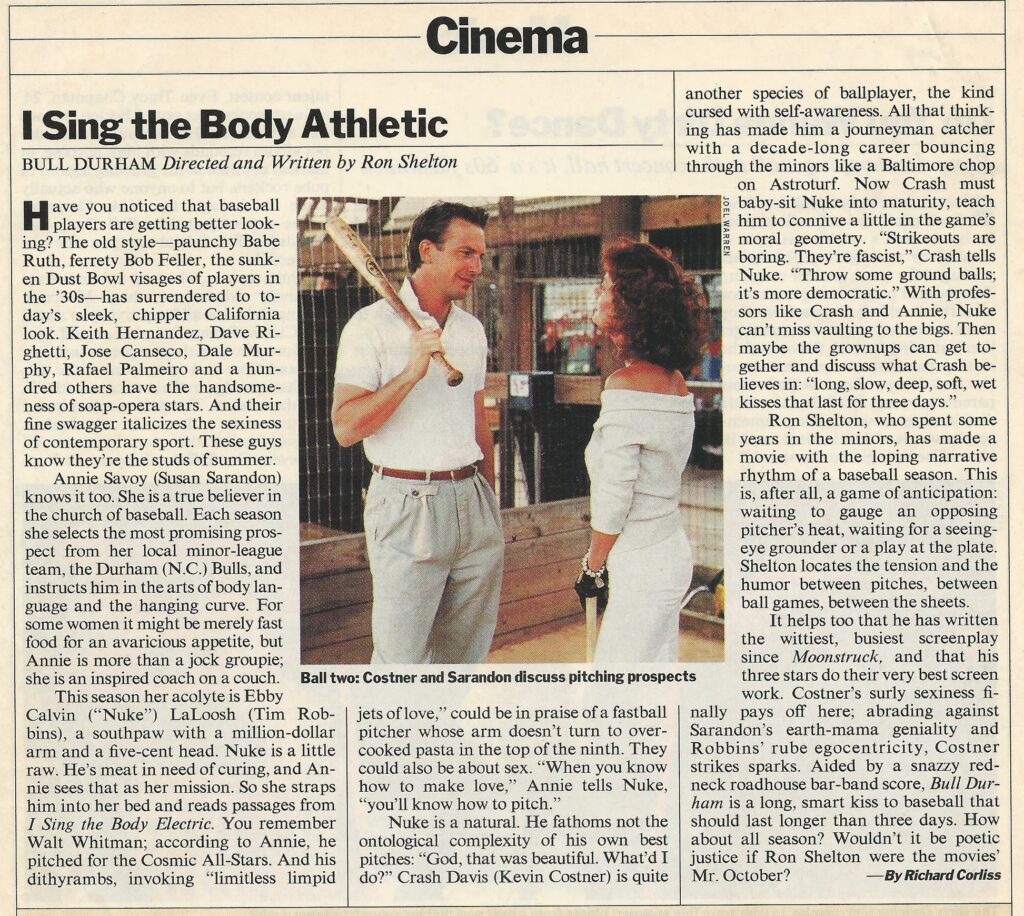
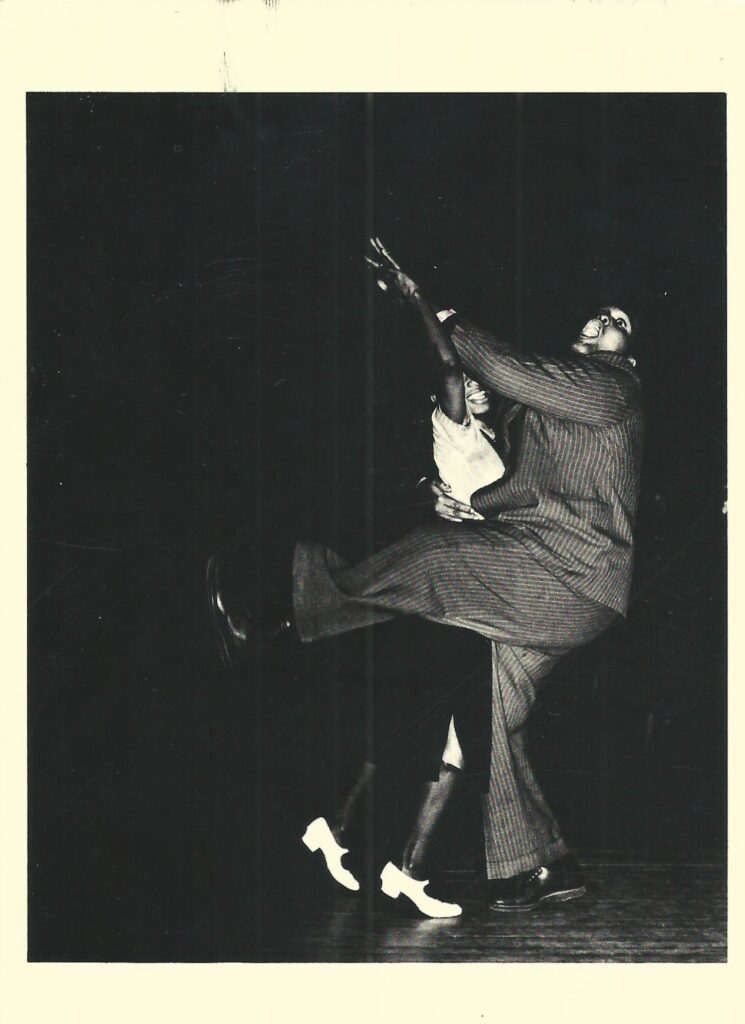
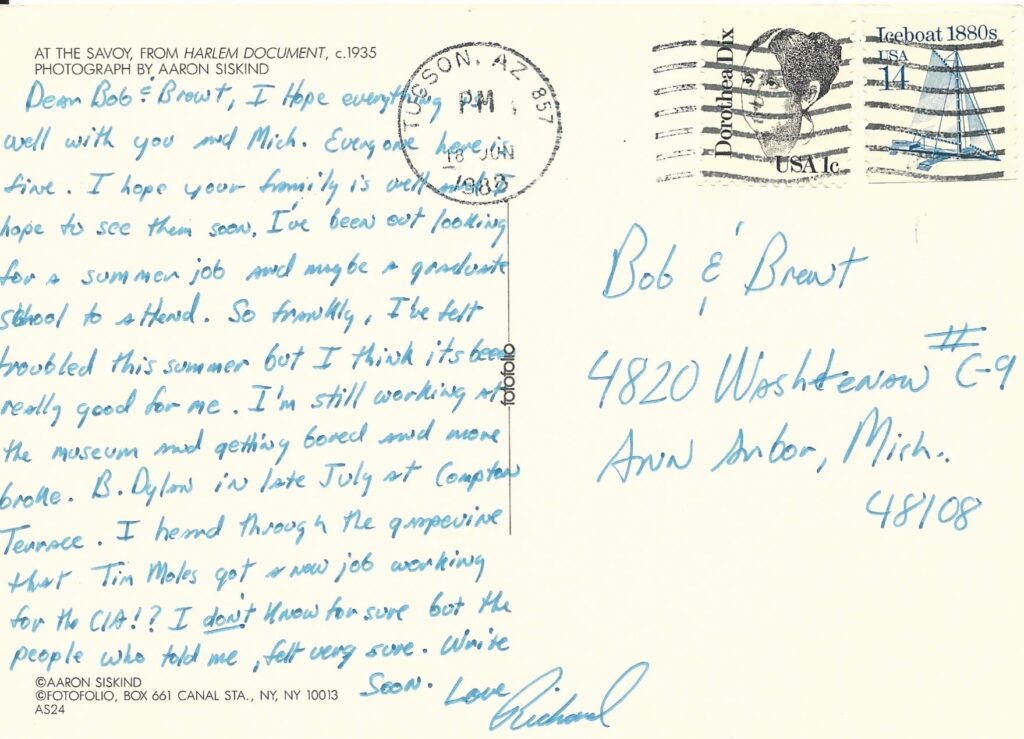
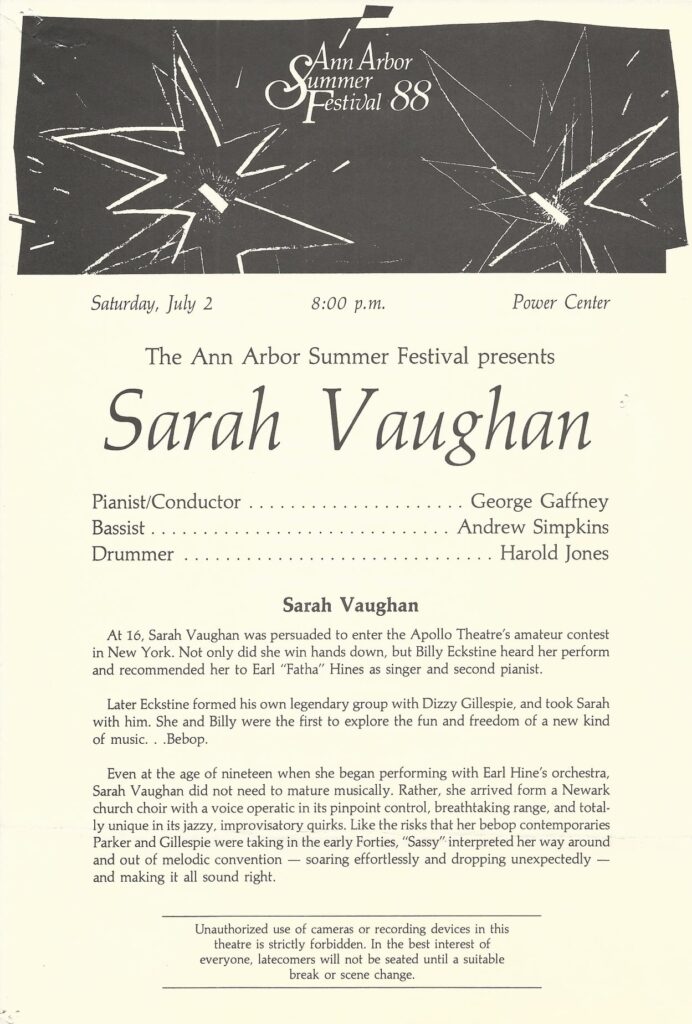
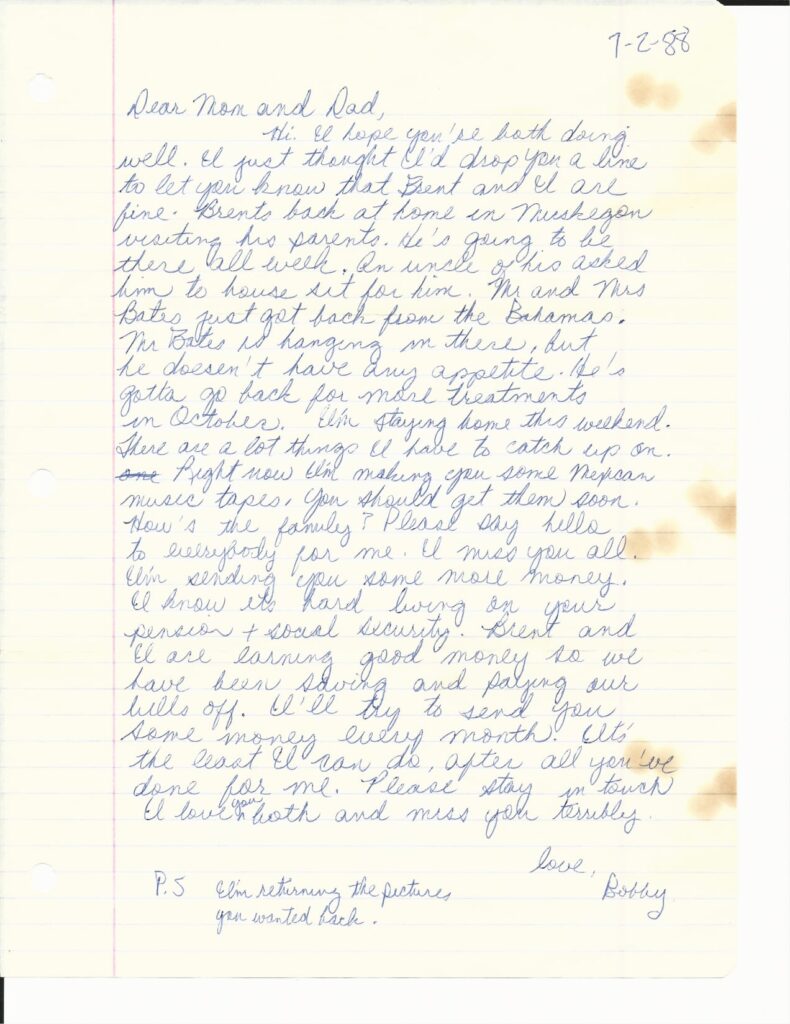




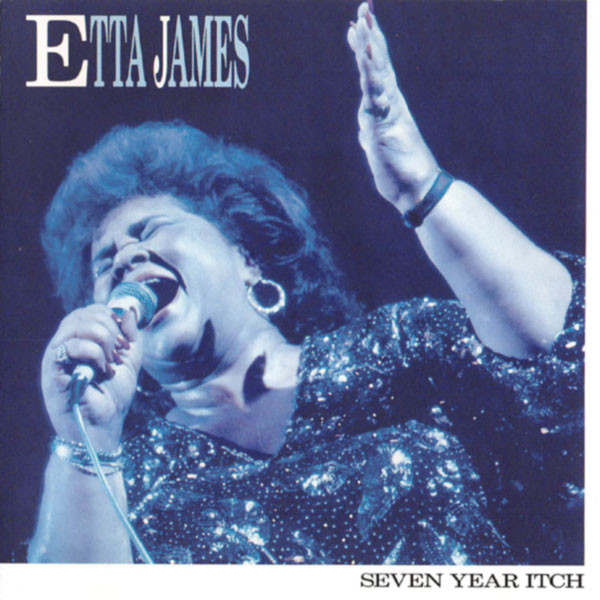
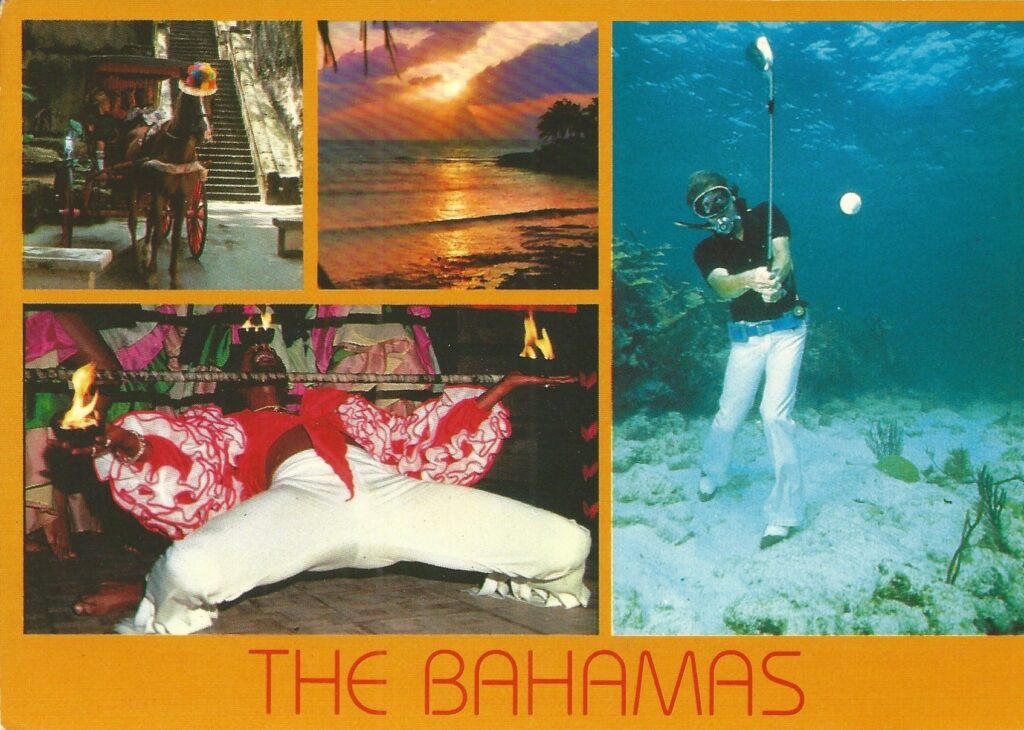
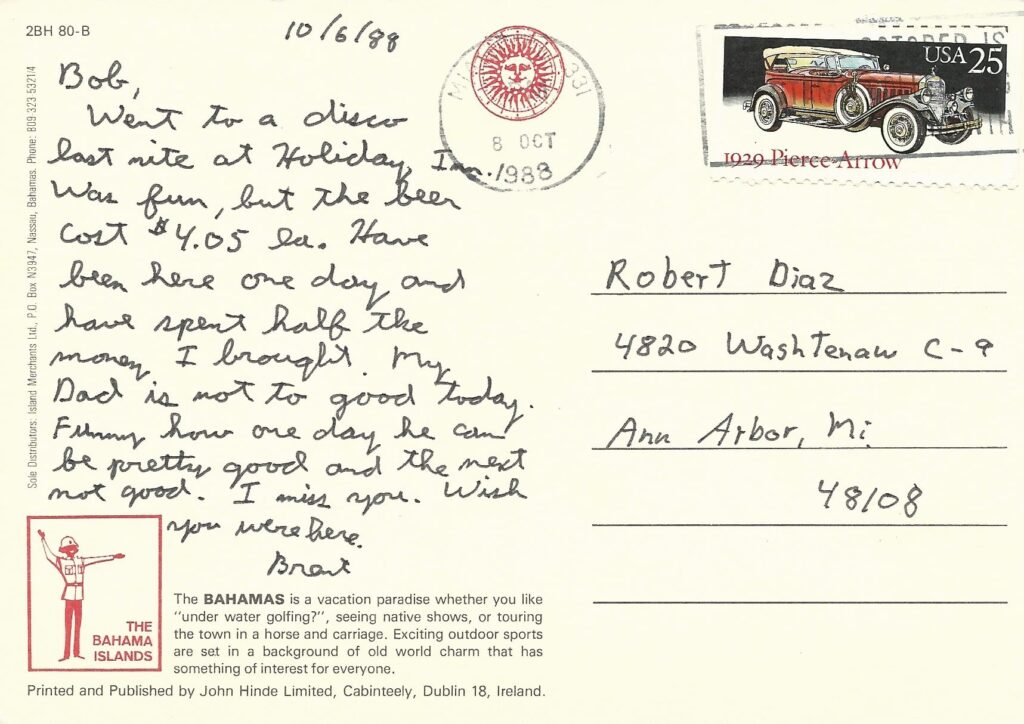
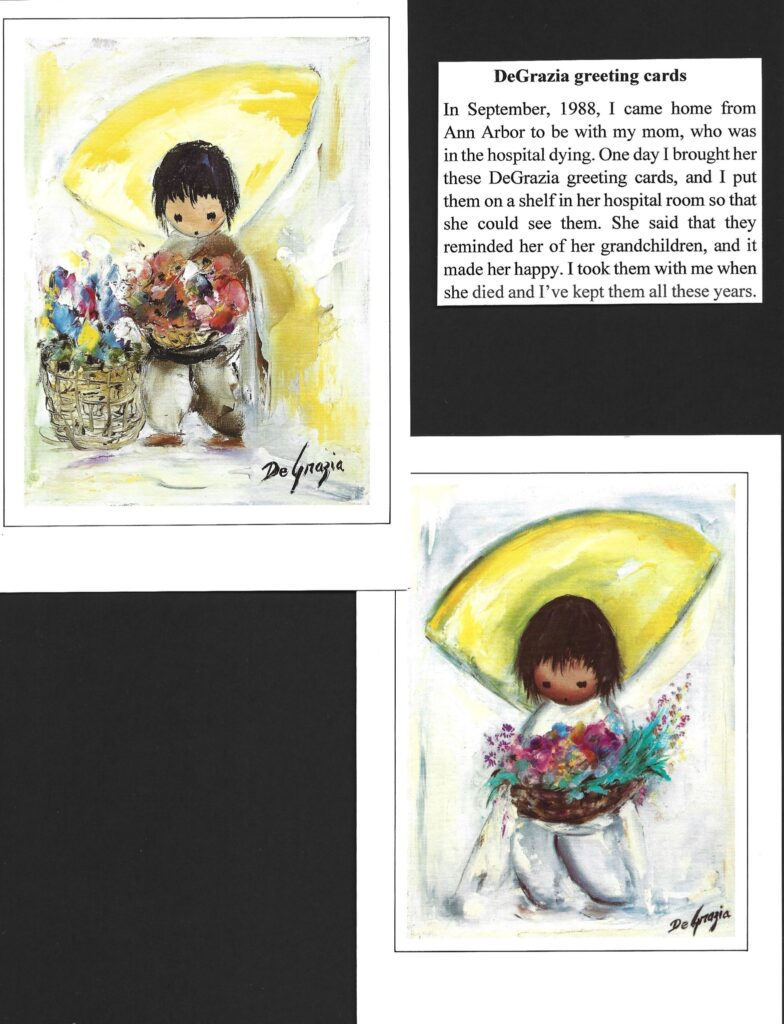
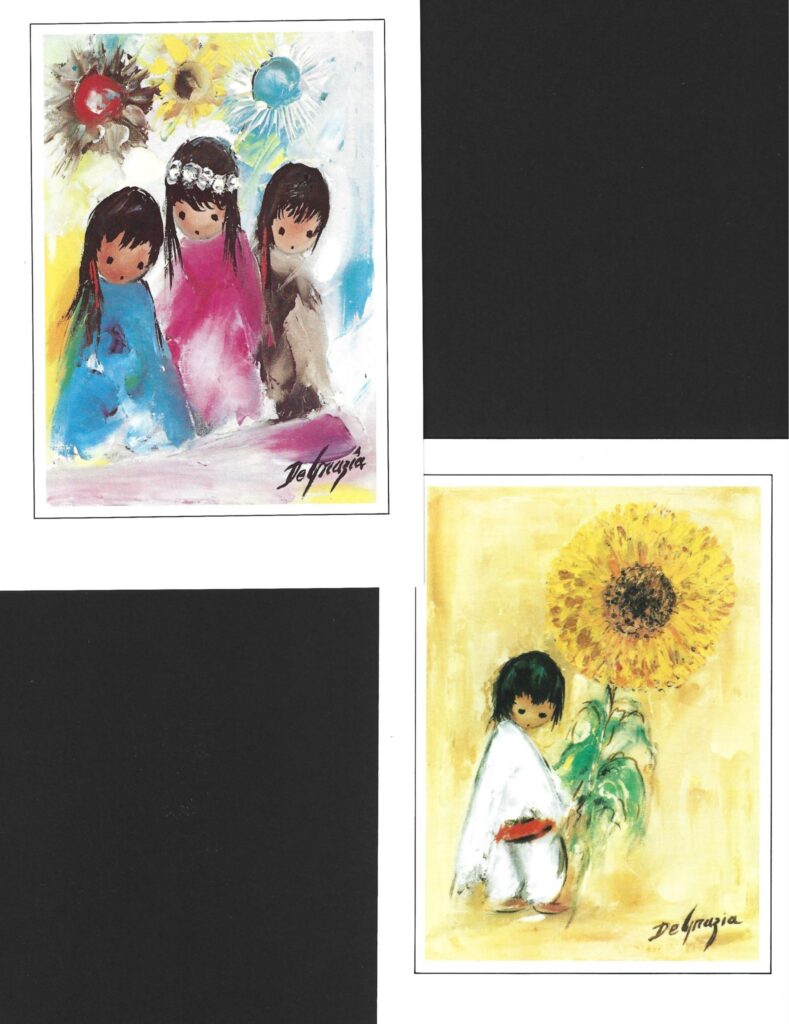

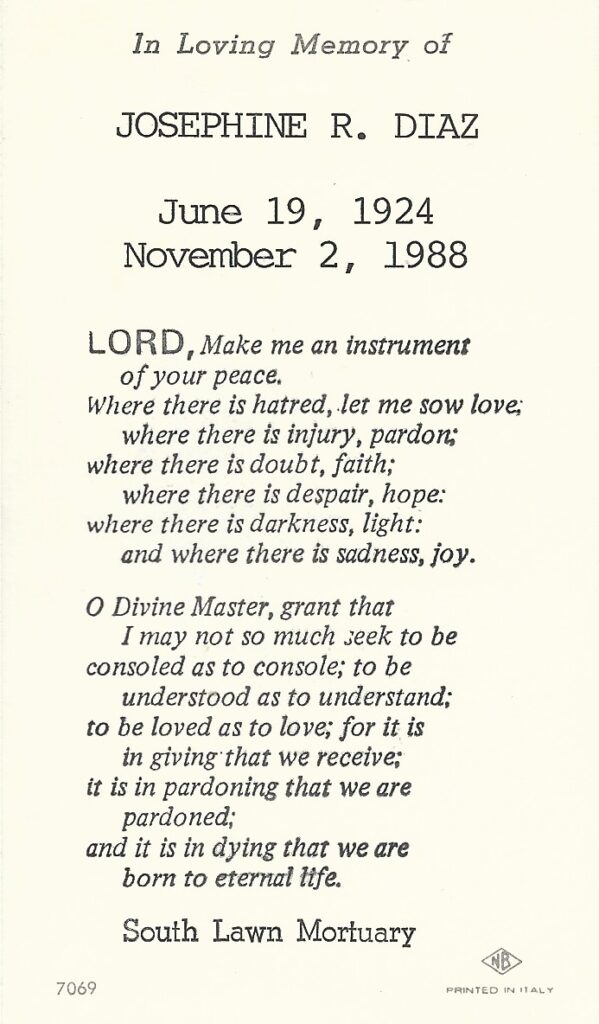
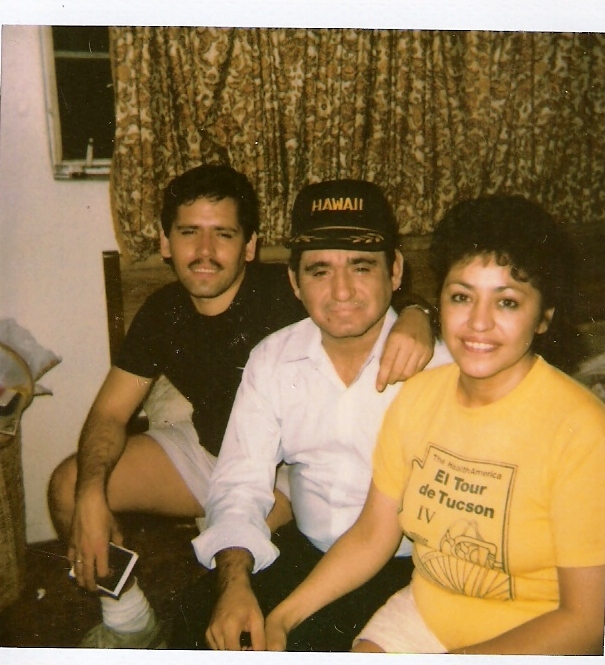
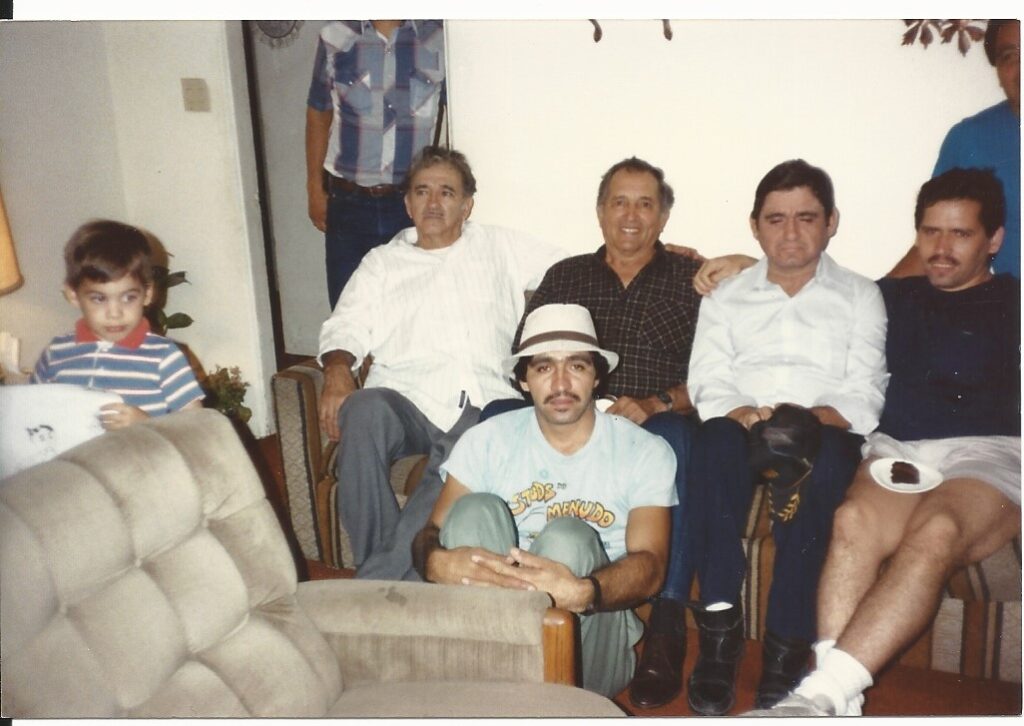

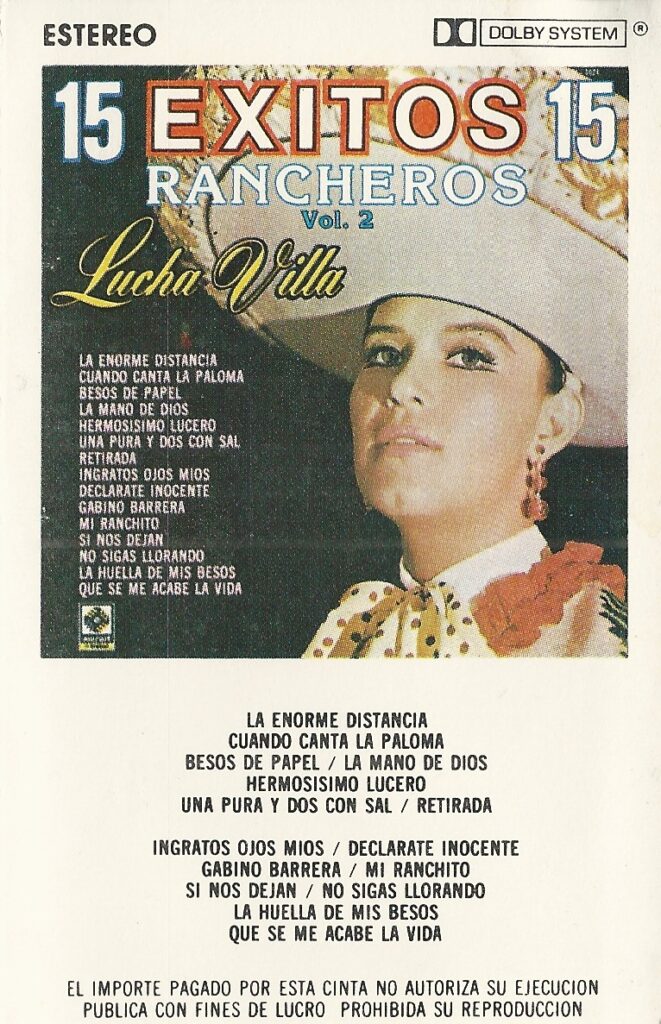
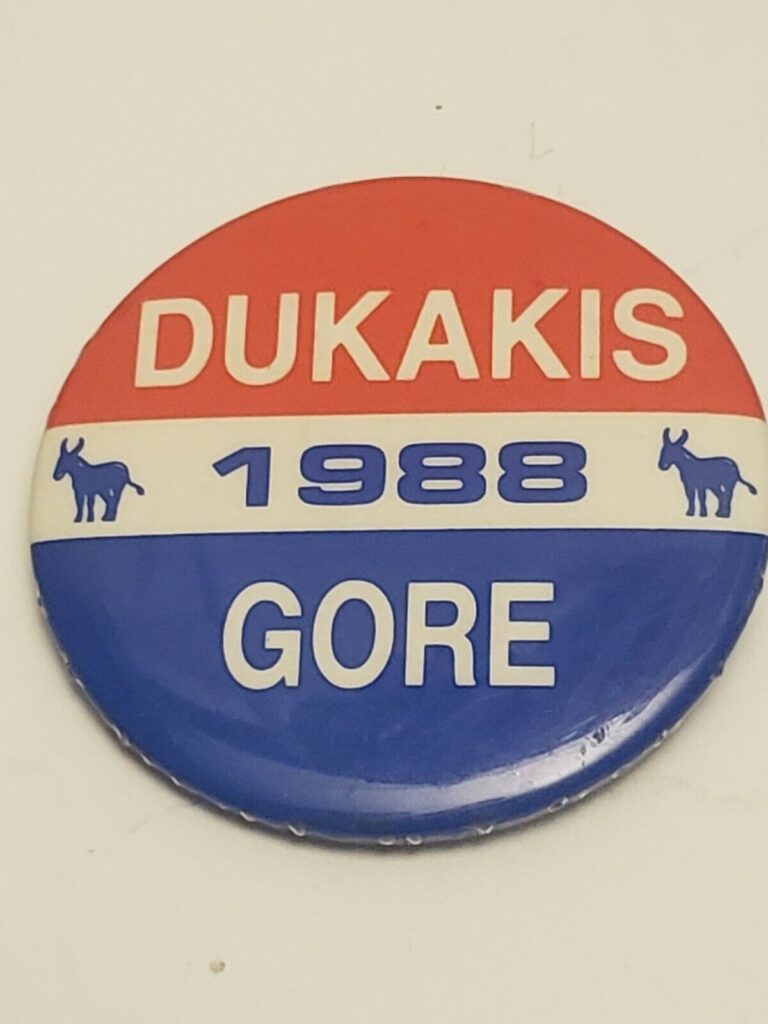
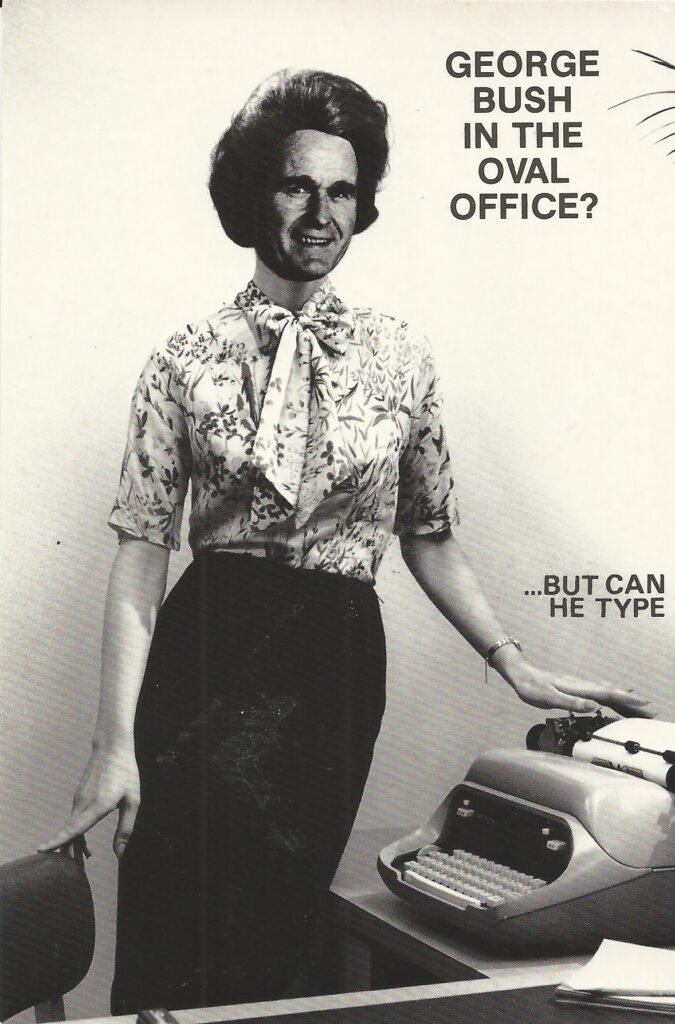
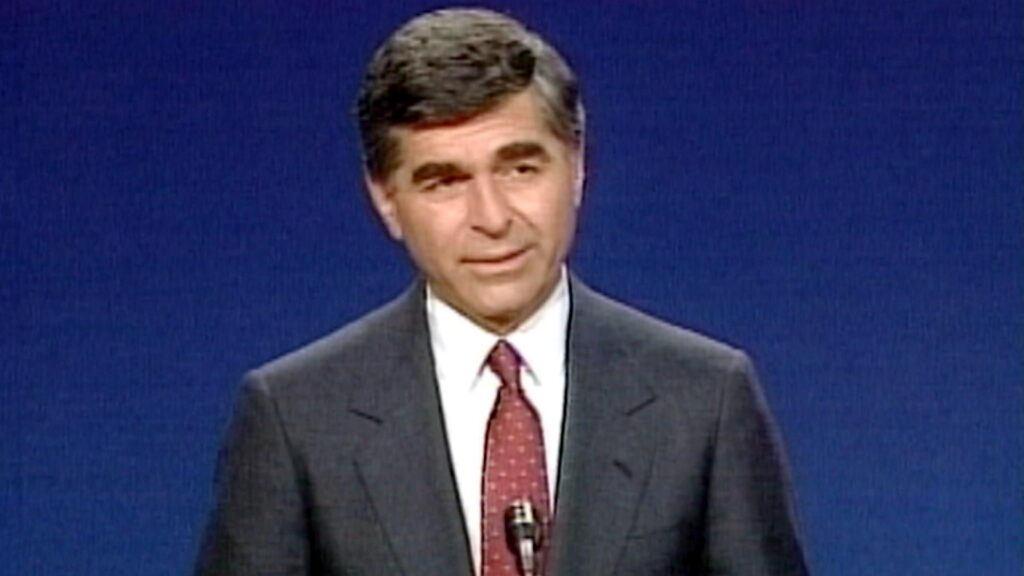

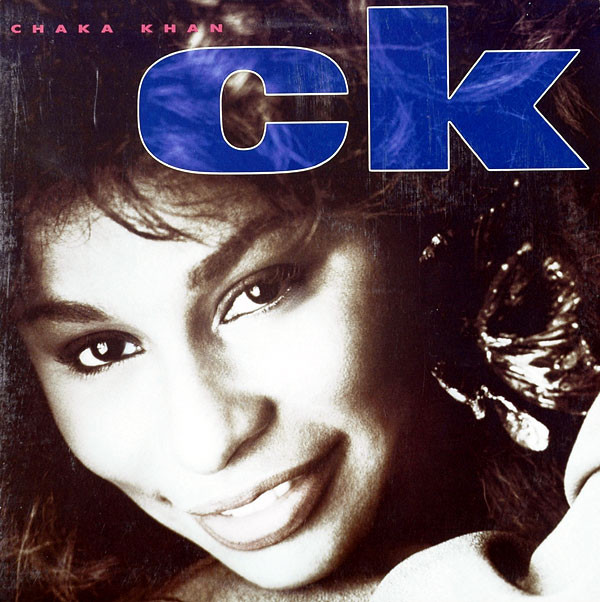
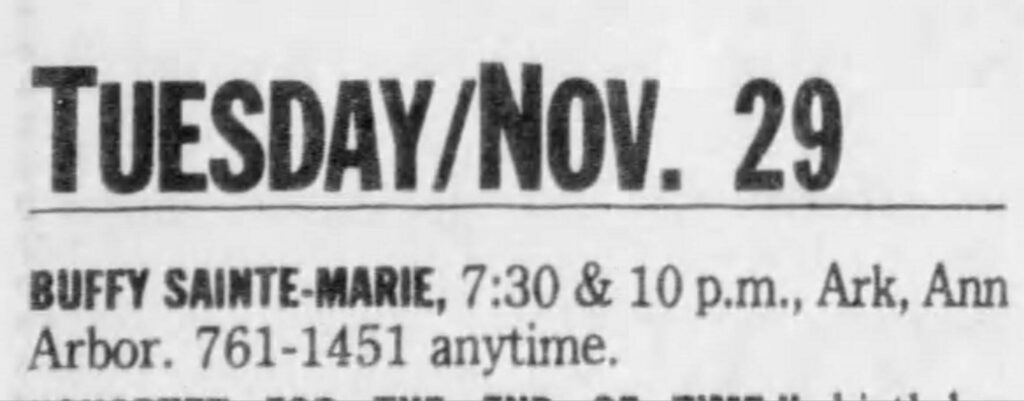
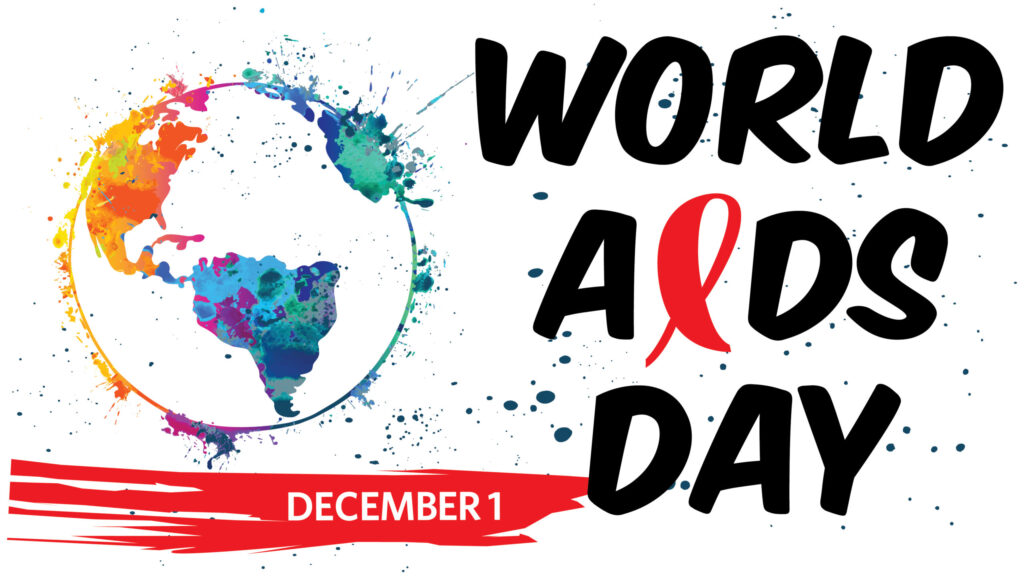
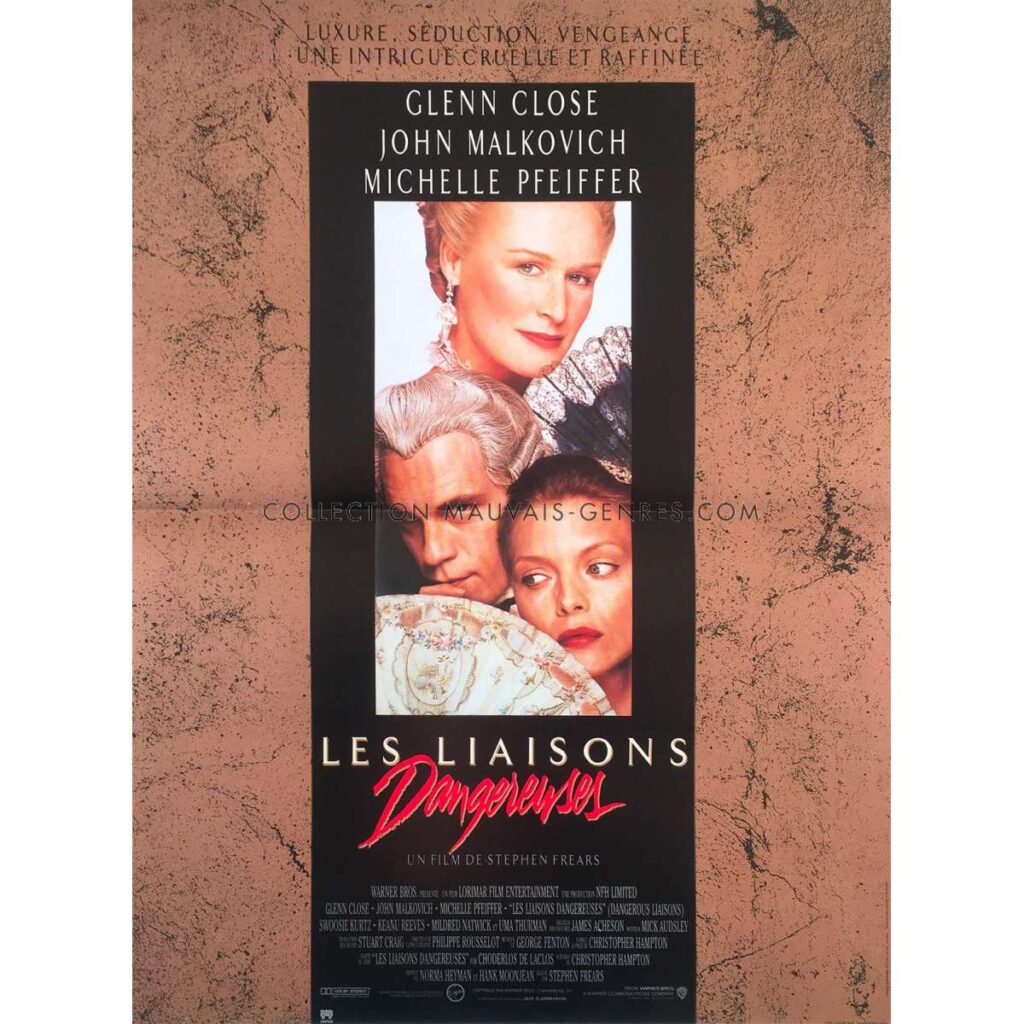
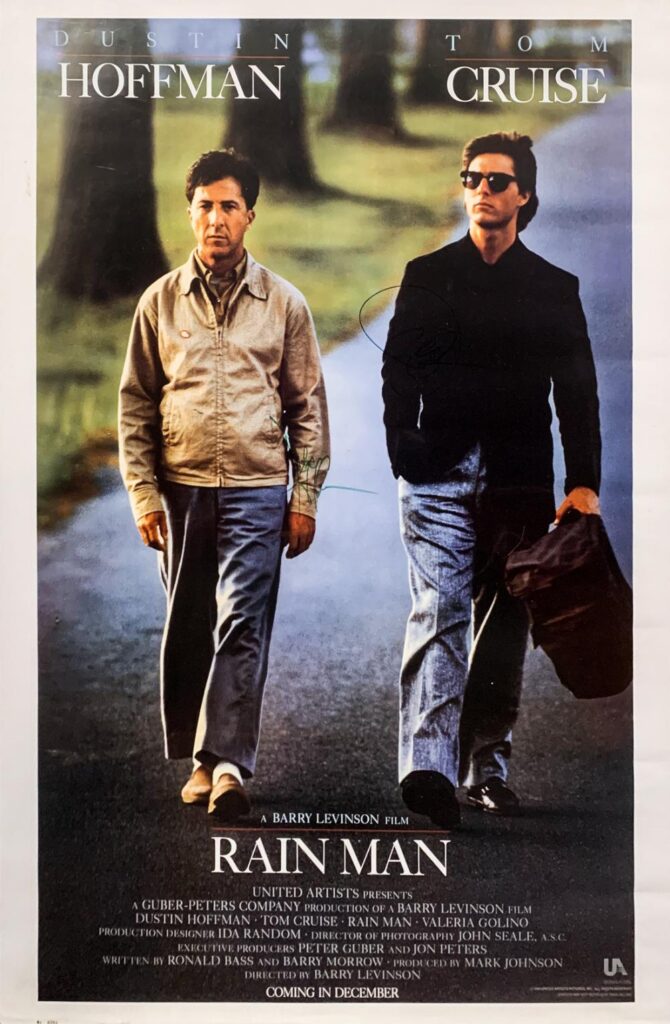
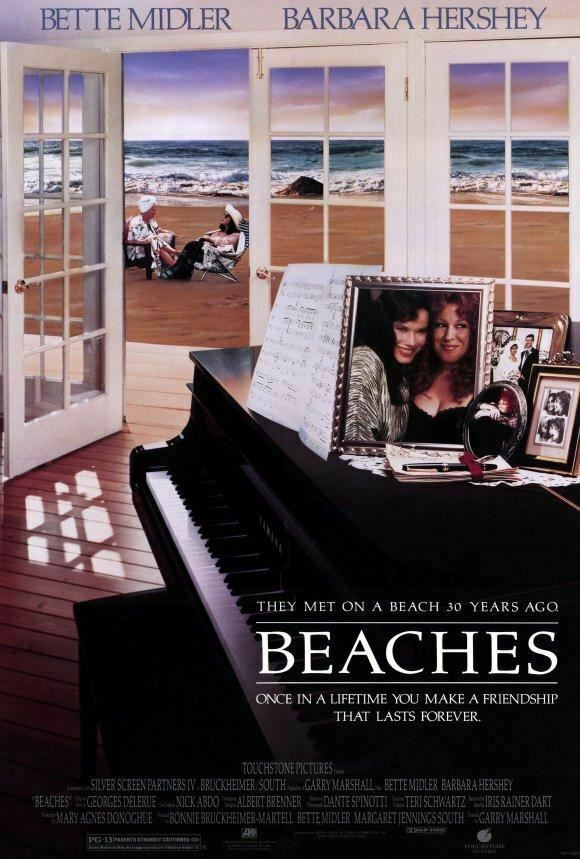
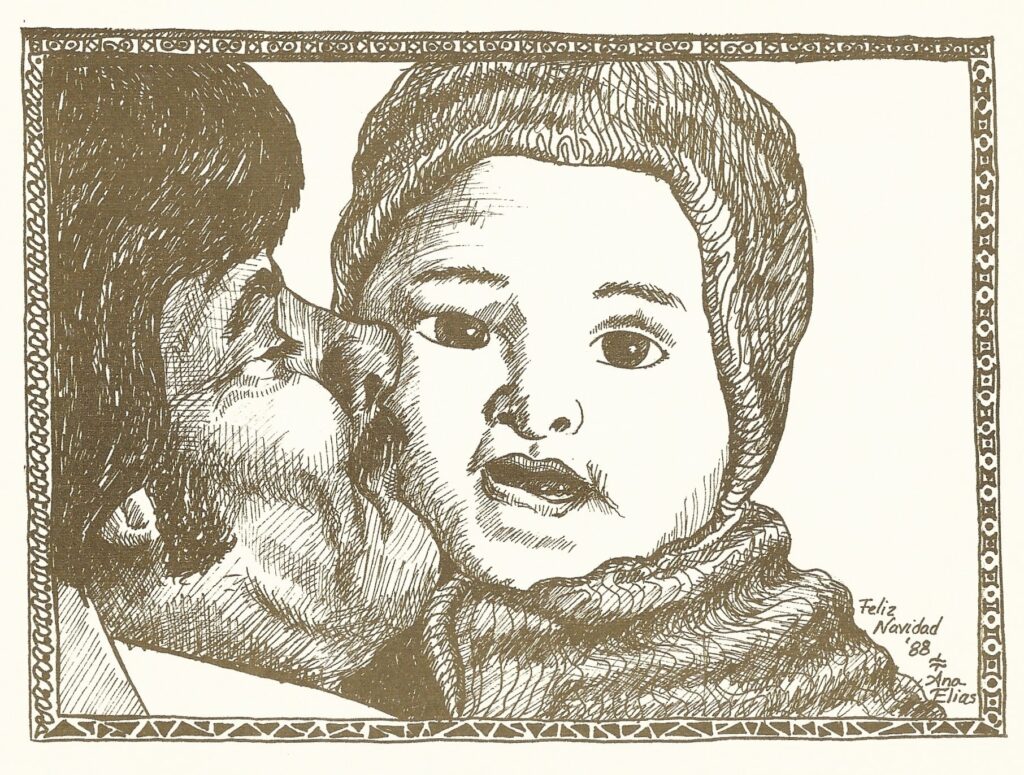
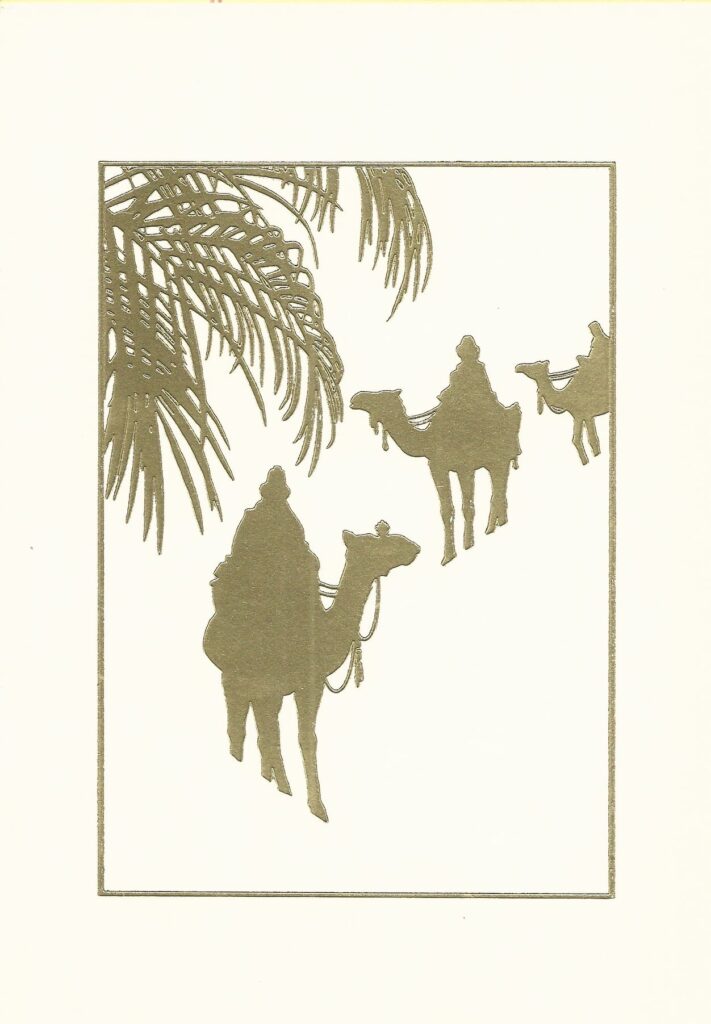

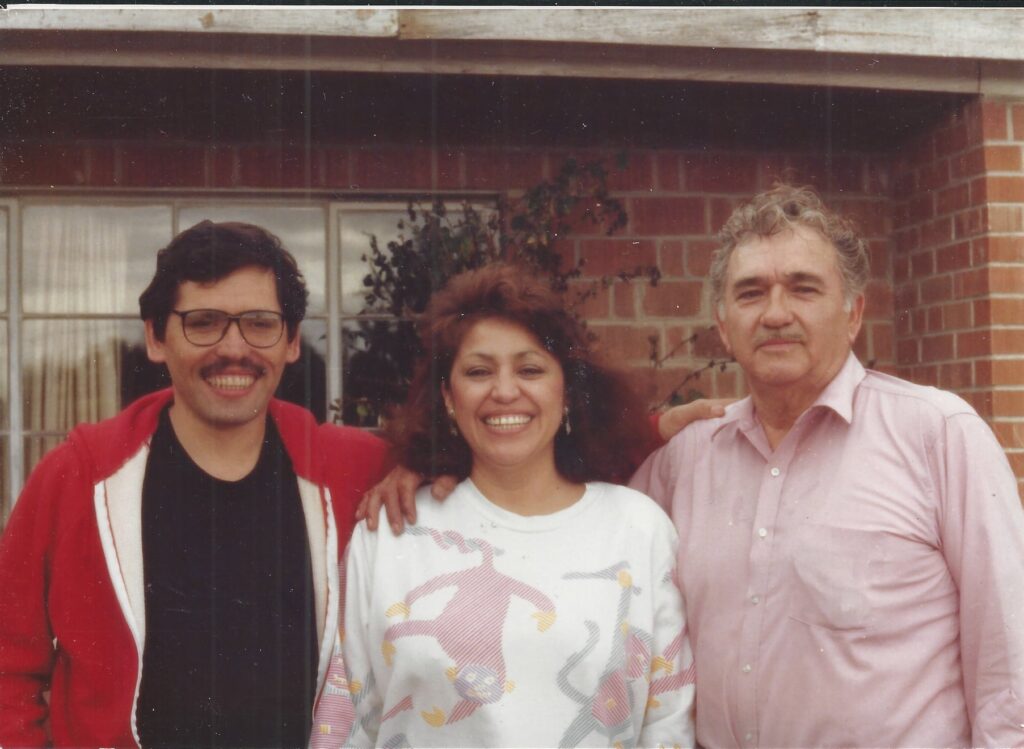
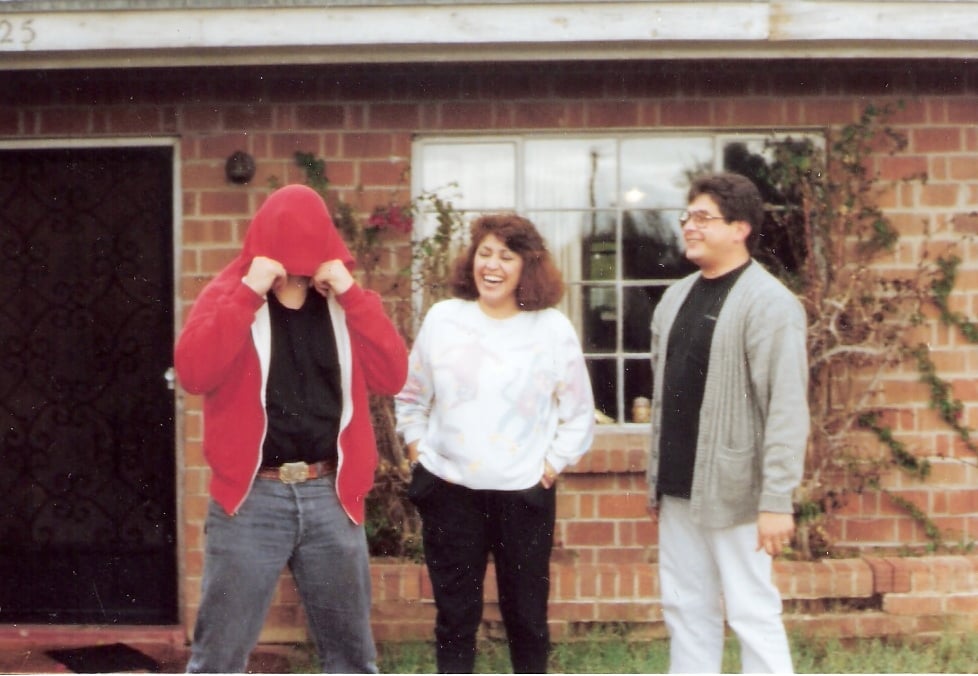

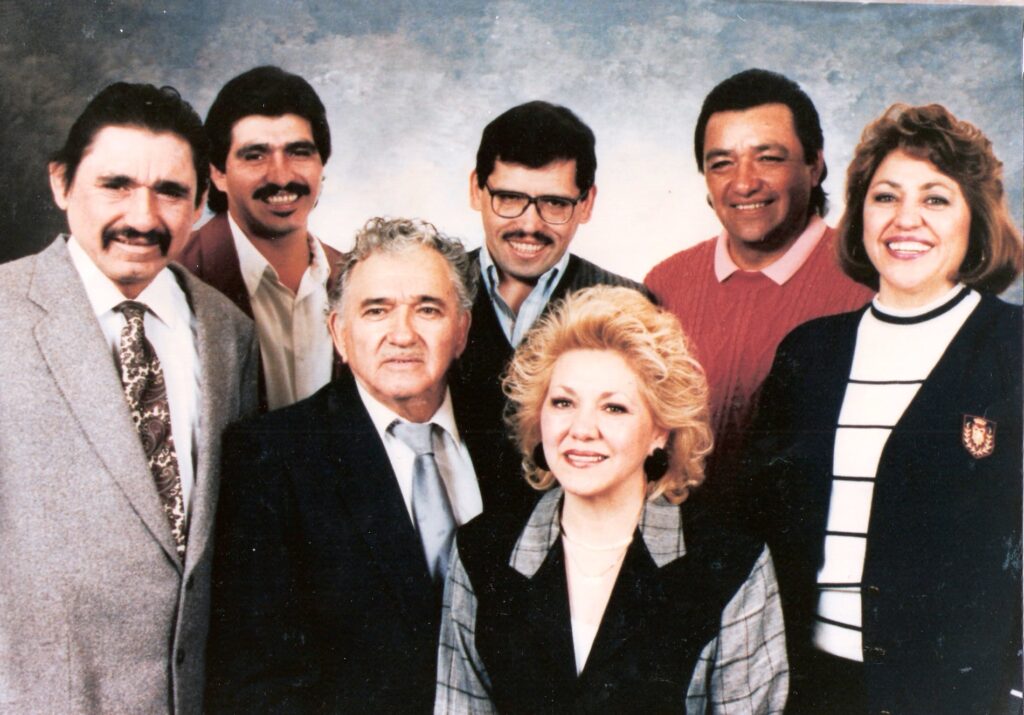
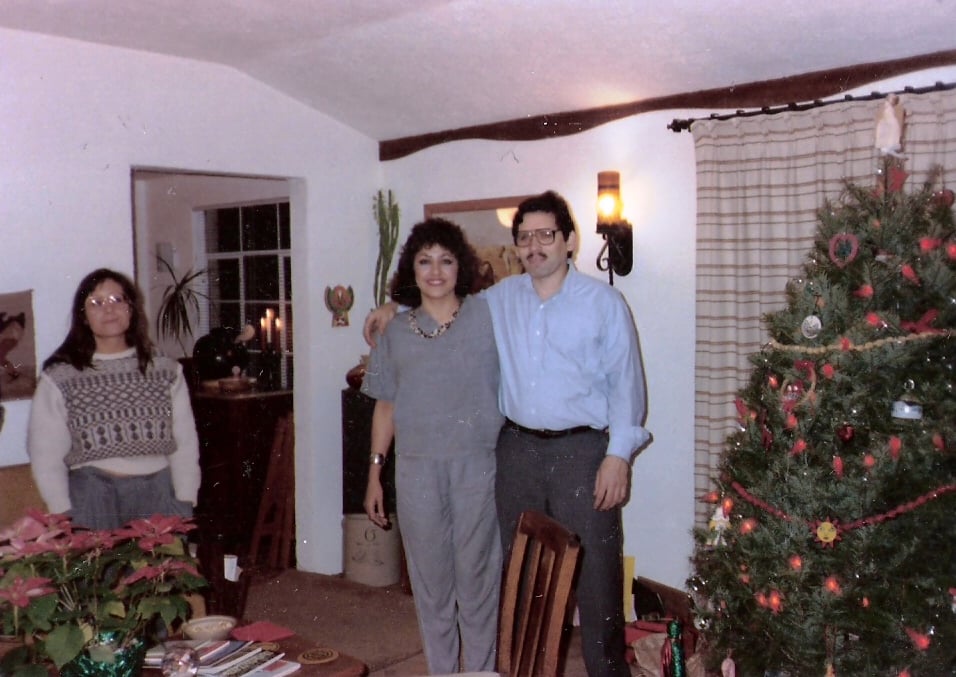
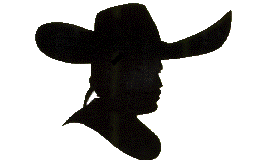
Such poignant memories, so well voiced. Thank you for sharing your life (with delightful seasonings of political history, musical notes, and movie reviews). Yours is a history of an age, and you know how to present it.
PS, I thought that I presented Occupied America in Chicano Literature??? Maybe just I read it and used it as my own basis for teaching those classes. But hearing Acuña speak – priceless.